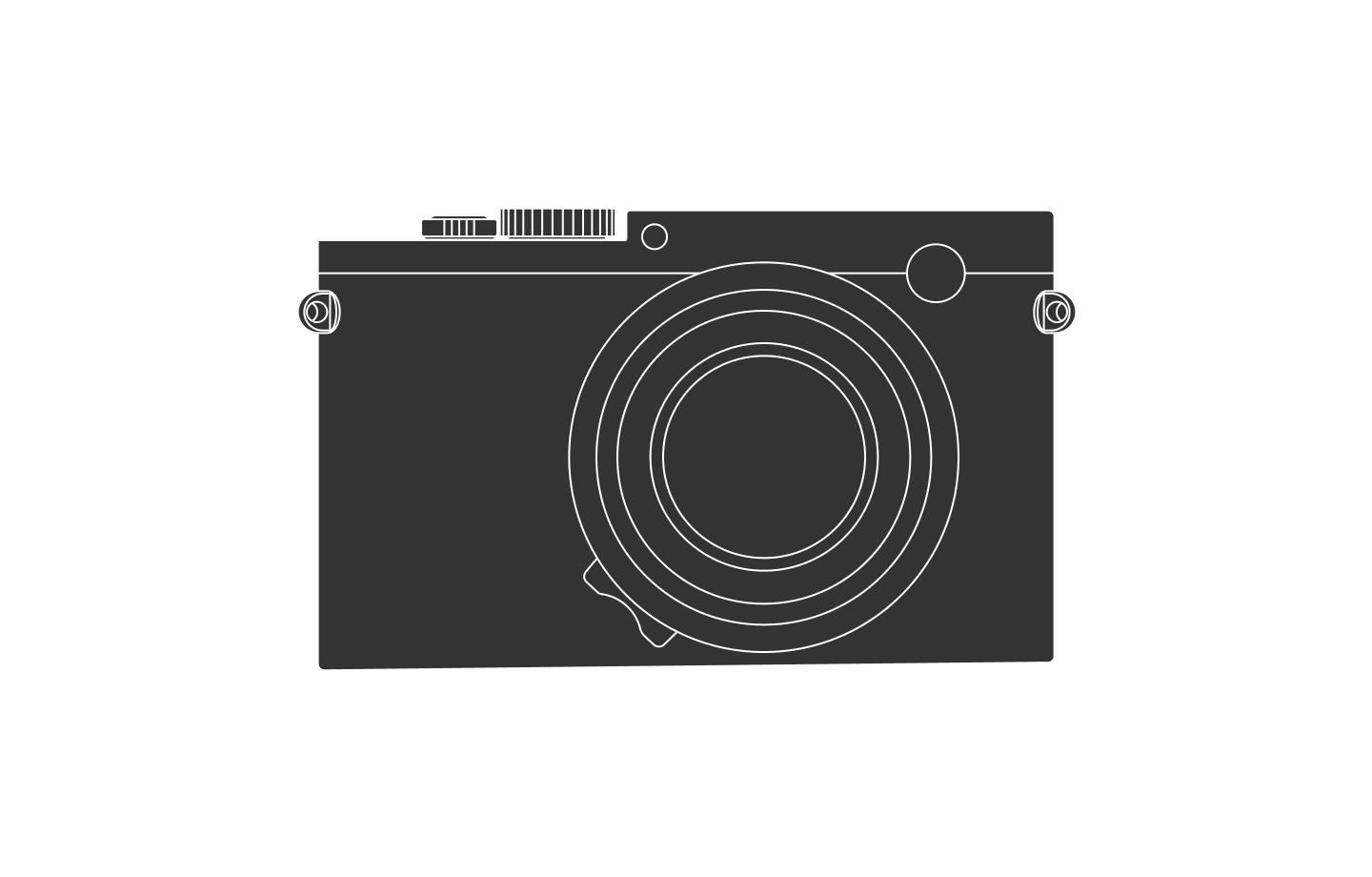
Naples & Pompeii
6 min read Nov 28, 2019
This post is the third in a series of seven about my week-long Mediterranean cruise earlier in the year.
After setting off from Barcelona, our cruise had a day at sea while we made our way from Spain all the way to Italy. We spent that time enjoying the ship’s amenities and doing photo walks. The next day, our first stop was Naples.
Right after docking, we immediately left the ship and took a Circumvesuviana train to the Pompei Scavi station. Then, a short walk later, we were at the entrance to the Pompeii archeological area. We had been so efficient in our journey from the ship to Pompeii that we arrived there before it opened.
After some waiting, we purchased tickets and were among the first people that day to visit. Getting there early ended paying dividends later in the day as the park became hotter and more crowded by the hour.
 Pompeii · Leica Q ·f/3.2 · 1/200 ·
ISO 100
Pompeii · Leica Q ·f/3.2 · 1/200 ·
ISO 100
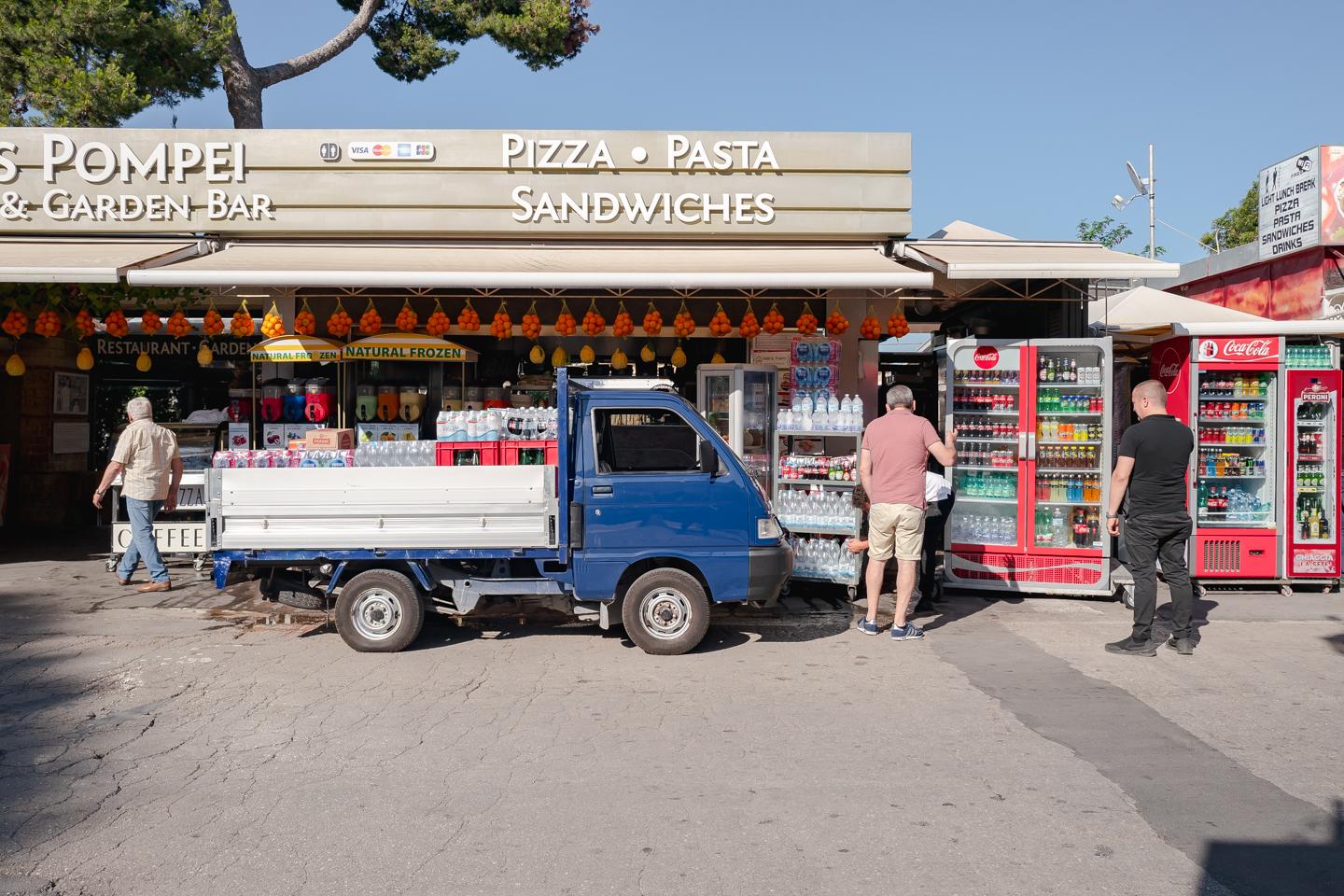 Pompeii · Leica Q ·f/5.6 · 1/1600 ·
ISO 100
Pompeii · Leica Q ·f/5.6 · 1/1600 ·
ISO 100
Walking around the remains of the ancient city left me with an eerie feeling. Most ancient structures in other places tend to be massive and monumental. They usually have social, spiritual, or military purposes, like Mayan pyramids or the Great Wall.
In Pompeii, we saw all aspects of everyday life preserved. Before visiting, whenever I heard the name “Pompeii”, I immediately thought of Mount Vesuvius and the immense destruction it caused.
Being in there in person, I saw the ruts carved by wagon wheels, grooves for sliding doors in front of stores, graffiti on wallas and ovens similar to pizza ovens of today. They reminded me not of destruction but of the incredible amount of life that used to be there.
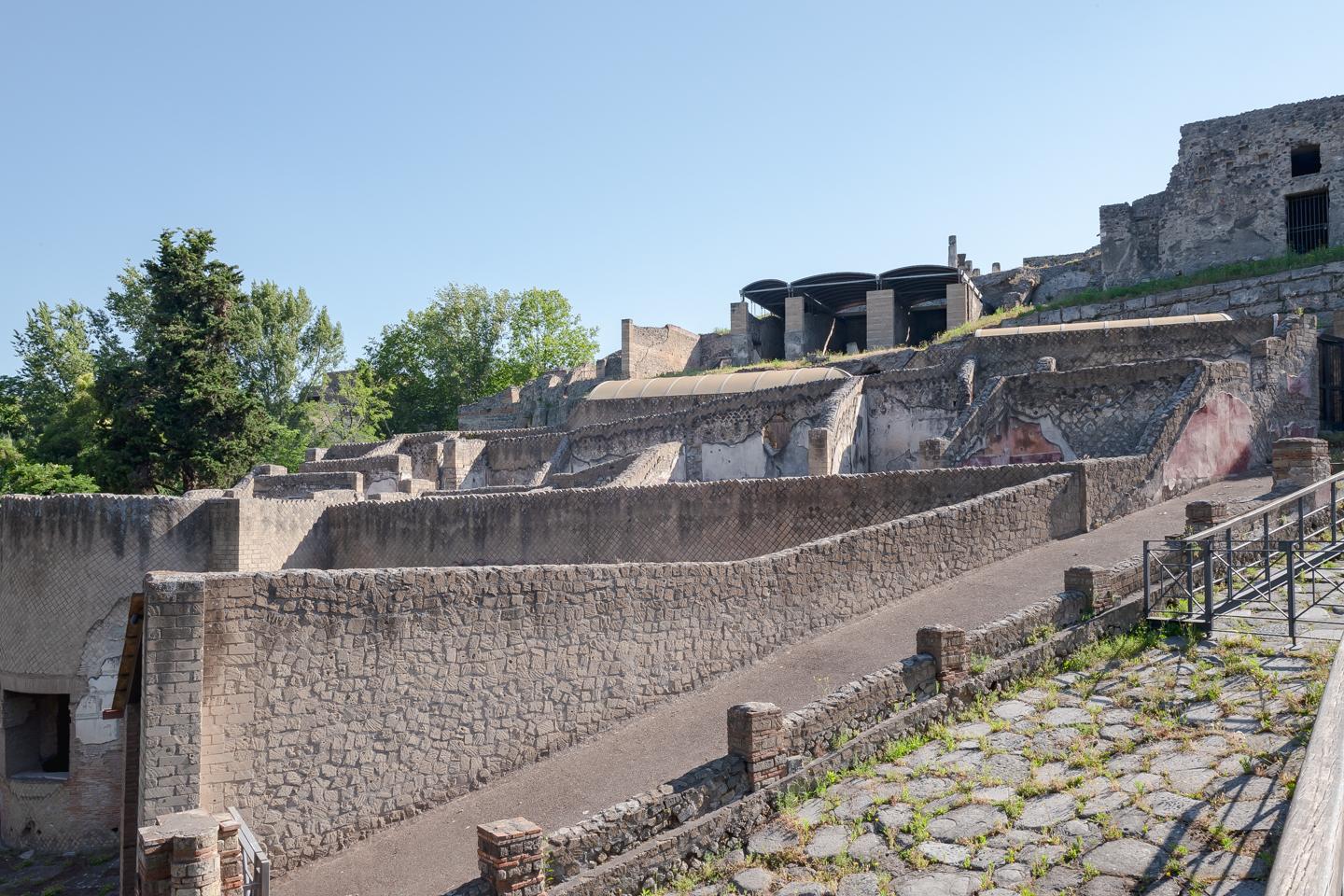 Pompeii · Leica Q ·f/11 · 1/200 · ISO
100
Pompeii · Leica Q ·f/11 · 1/200 · ISO
100
In an ironic twist of fate, the destruction that Vesuvius brought down is what prevented Pompeii from following the outcomes of most other Roman cities. Otherwise, it would have likely continued on as a living city, and its ancient structures would have been replaced over the centuries. The ash entombed it until excavations began more than a millennium later.
Unfortunately, It’s these excavations that may one day seal Pompeii’s fate in a way that Vesuvius couldn’t in AD 79. Pompeii is starting to erode and fall apart and will likely be in grave danger without more attention and care.
I’m happy I had a chance to visit, but I hope I didn’t contribute to its further decay.
 Pompeii · Leica Q ·f/16 · 1/250 · ISO
100
Pompeii · Leica Q ·f/16 · 1/250 · ISO
100
 Pompeii · Leica Q ·f/1.7 · 1/3200 ·
ISO 100
Pompeii · Leica Q ·f/1.7 · 1/3200 ·
ISO 100
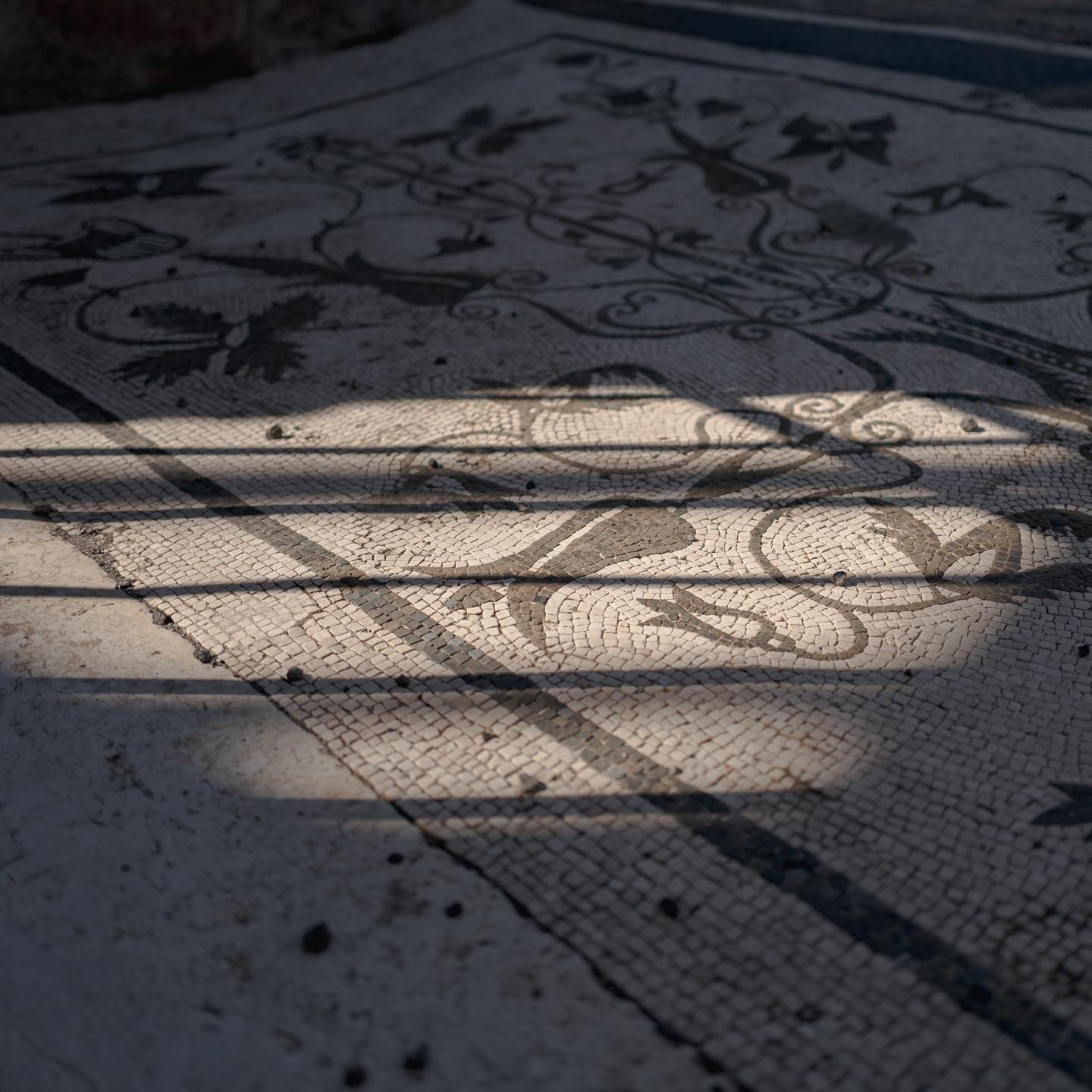 Pompeii · Leica Q ·f/1.7 · 1/10000 ·
ISO 100
Pompeii · Leica Q ·f/1.7 · 1/10000 ·
ISO 100
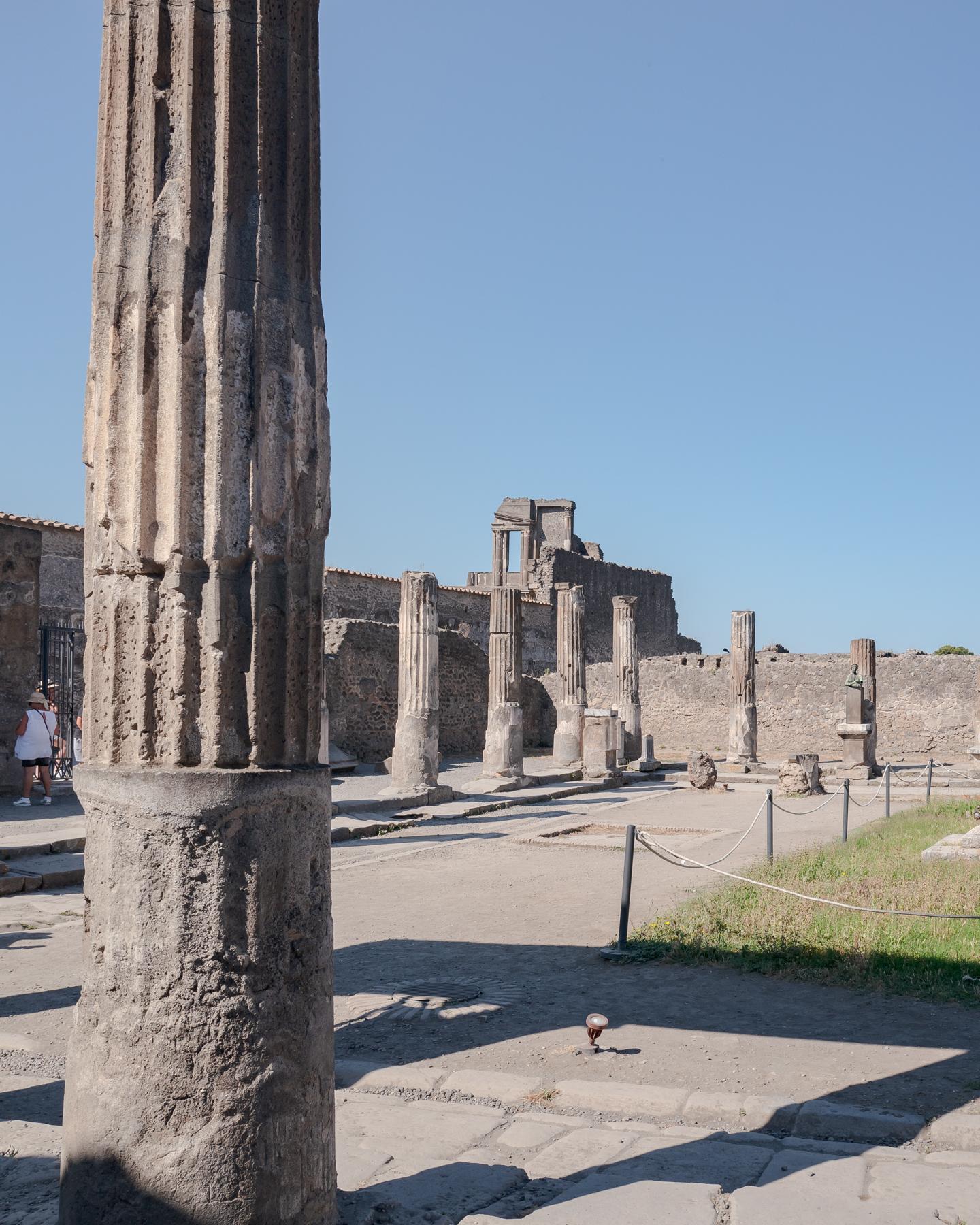 Pompeii · Leica Q ·f/11 · 1/320 · ISO
100
Pompeii · Leica Q ·f/11 · 1/320 · ISO
100
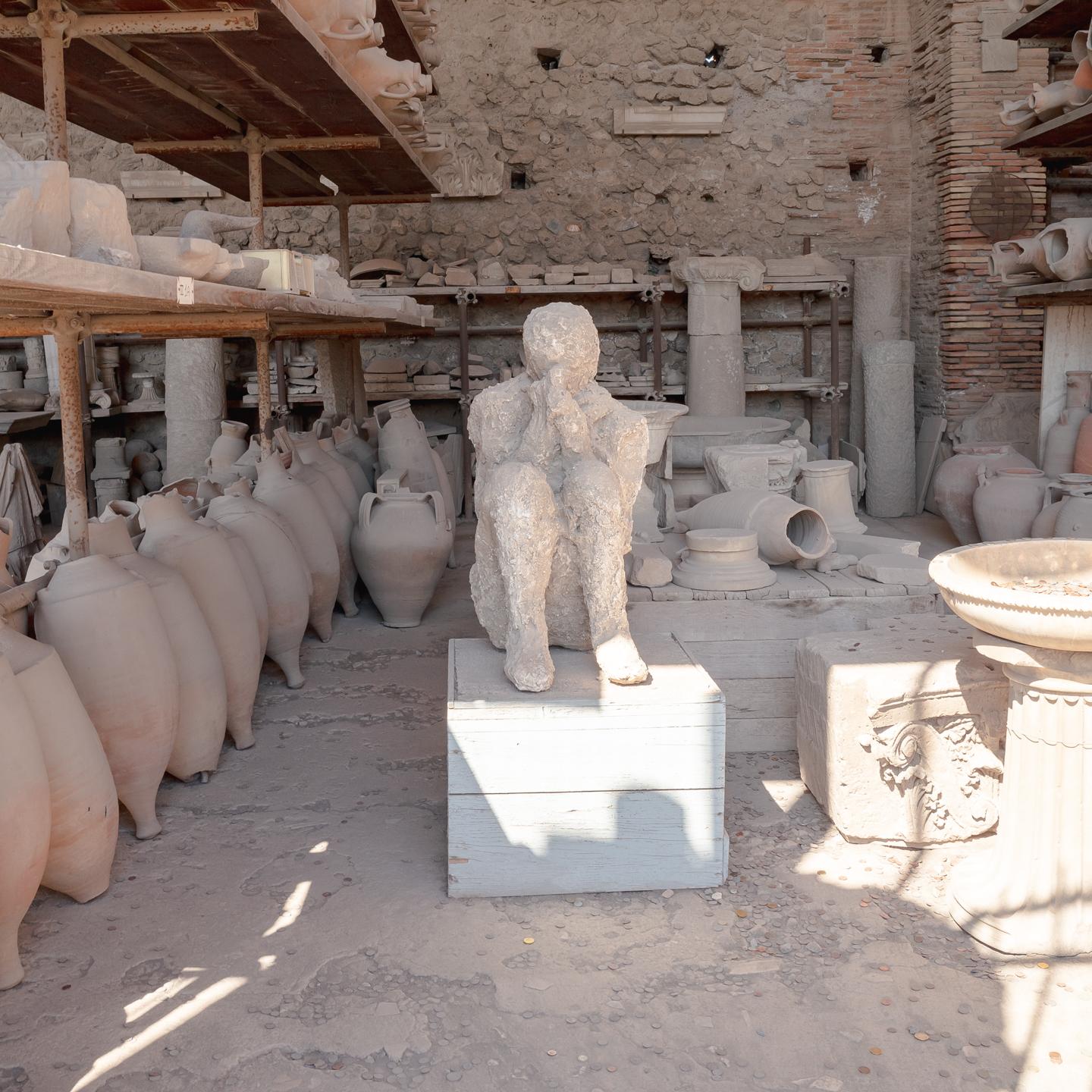 Pompeii · Leica Q ·f/11 · 1/60 · ISO
125
Pompeii · Leica Q ·f/11 · 1/60 · ISO
125
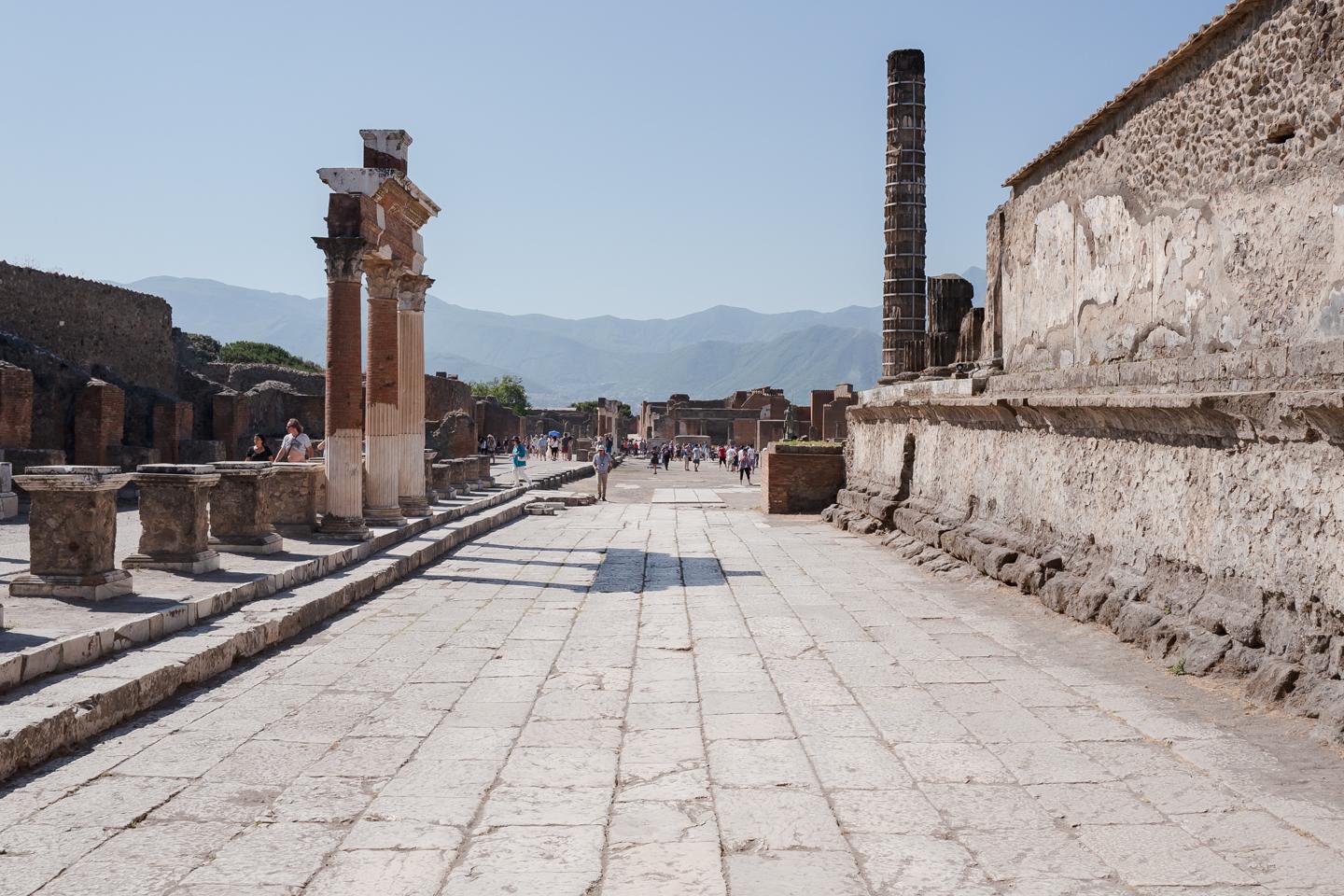 Pompeii · Leica Q ·f/11 · 1/500 · ISO
100
Pompeii · Leica Q ·f/11 · 1/500 · ISO
100
 Pompeii · Leica Q ·f/8 · 1/200 · ISO
100
Pompeii · Leica Q ·f/8 · 1/200 · ISO
100
 Pompeii · Leica Q ·f/5.6 · 1/2000 ·
ISO 100
Pompeii · Leica Q ·f/5.6 · 1/2000 ·
ISO 100
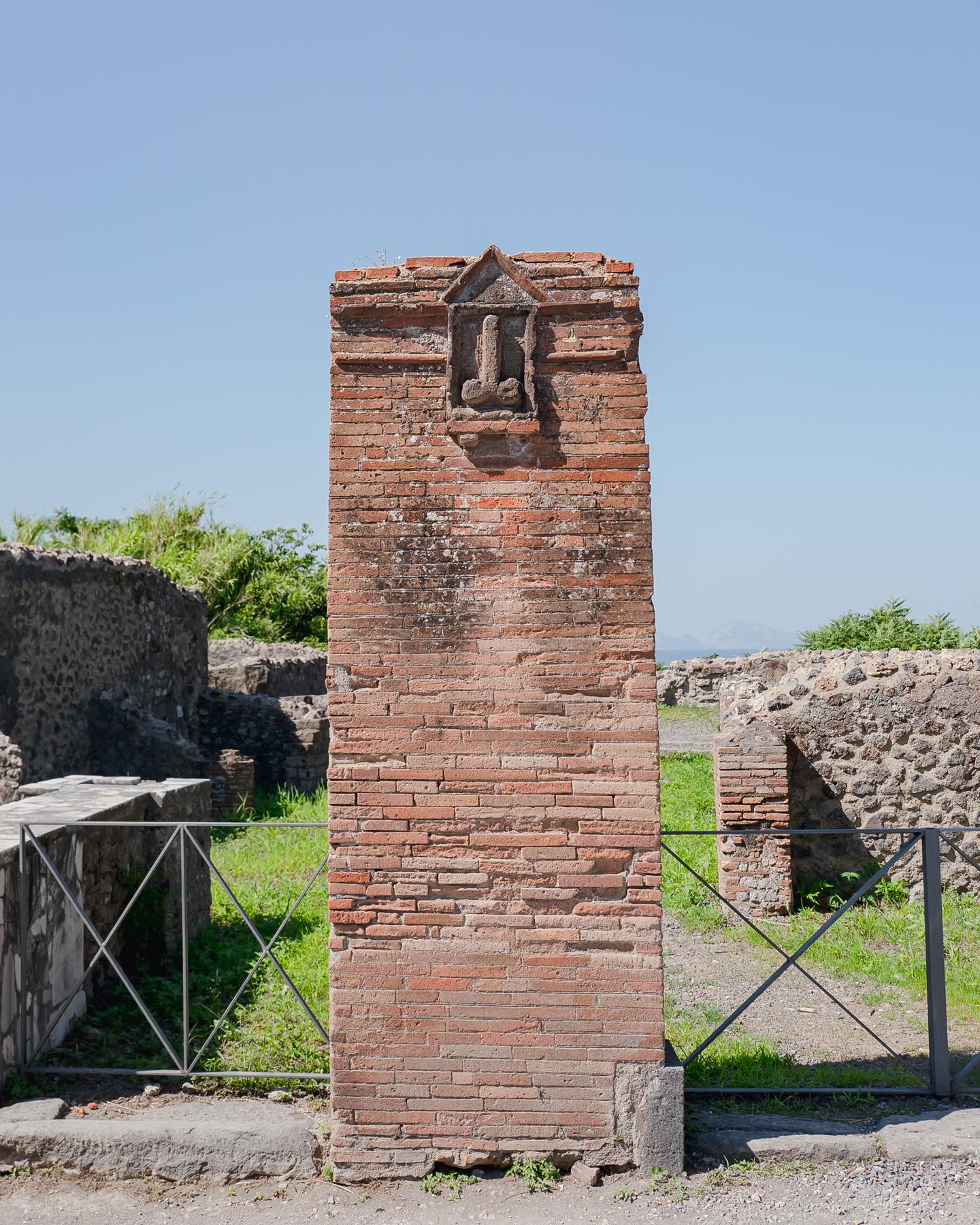 Pompeii · Leica Q ·f/4 · 1/2500 · ISO
100
Pompeii · Leica Q ·f/4 · 1/2500 · ISO
100
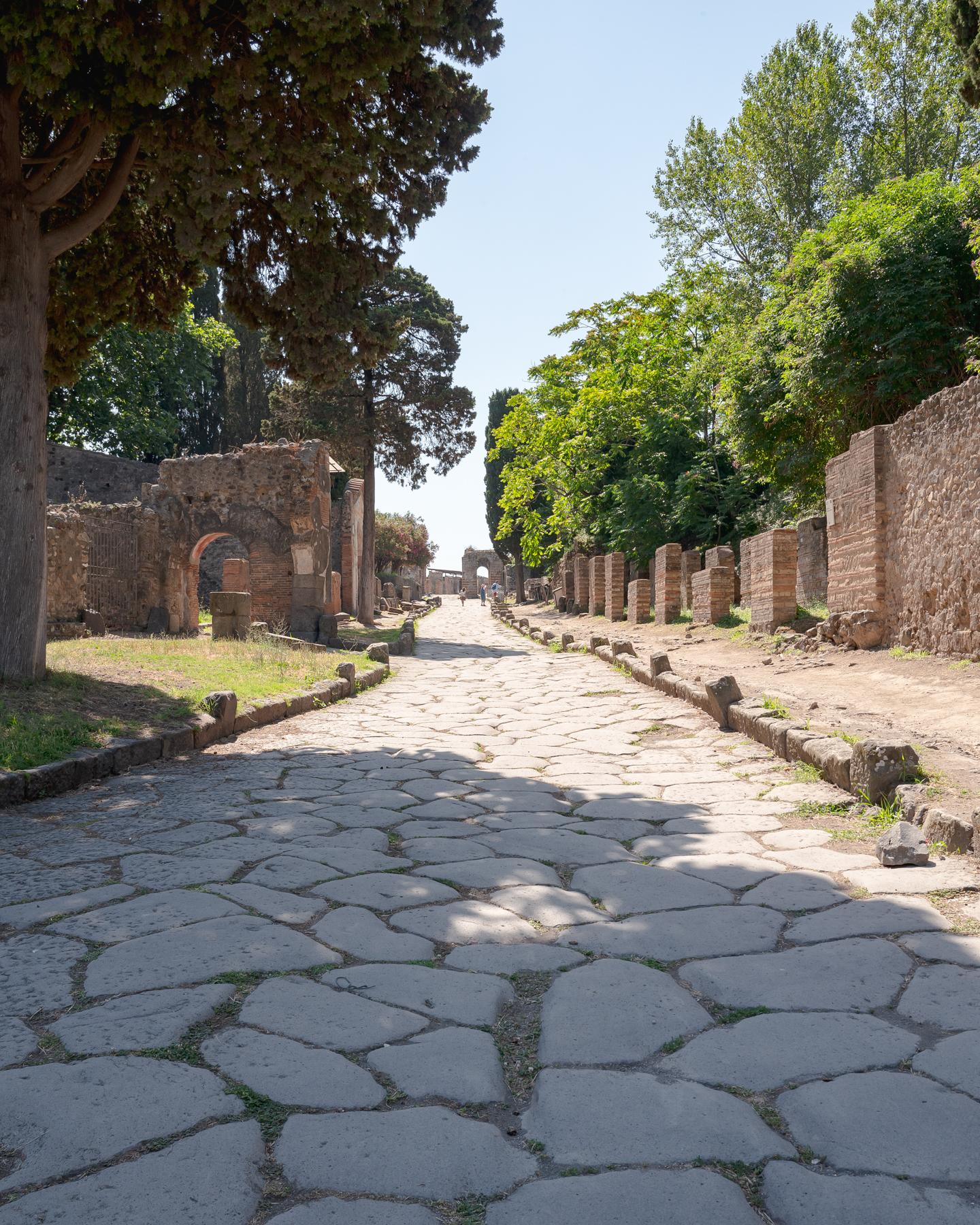 Pompeii · Leica Q ·f/9 · 1/250 · ISO
100
Pompeii · Leica Q ·f/9 · 1/250 · ISO
100
 Pompeii · Leica Q ·f/16 · 1/60 · ISO
500
Pompeii · Leica Q ·f/16 · 1/60 · ISO
500
 Pompeii · Leica Q ·f/1.8 · 1/1250 ·
ISO 100
Pompeii · Leica Q ·f/1.8 · 1/1250 ·
ISO 100
 Pompeii · Leica Q ·f/2 · 1/250 · ISO
100
Pompeii · Leica Q ·f/2 · 1/250 · ISO
100
 Pompeii · Leica Q ·f/1.8 · 1/16000 ·
ISO 100
Pompeii · Leica Q ·f/1.8 · 1/16000 ·
ISO 100
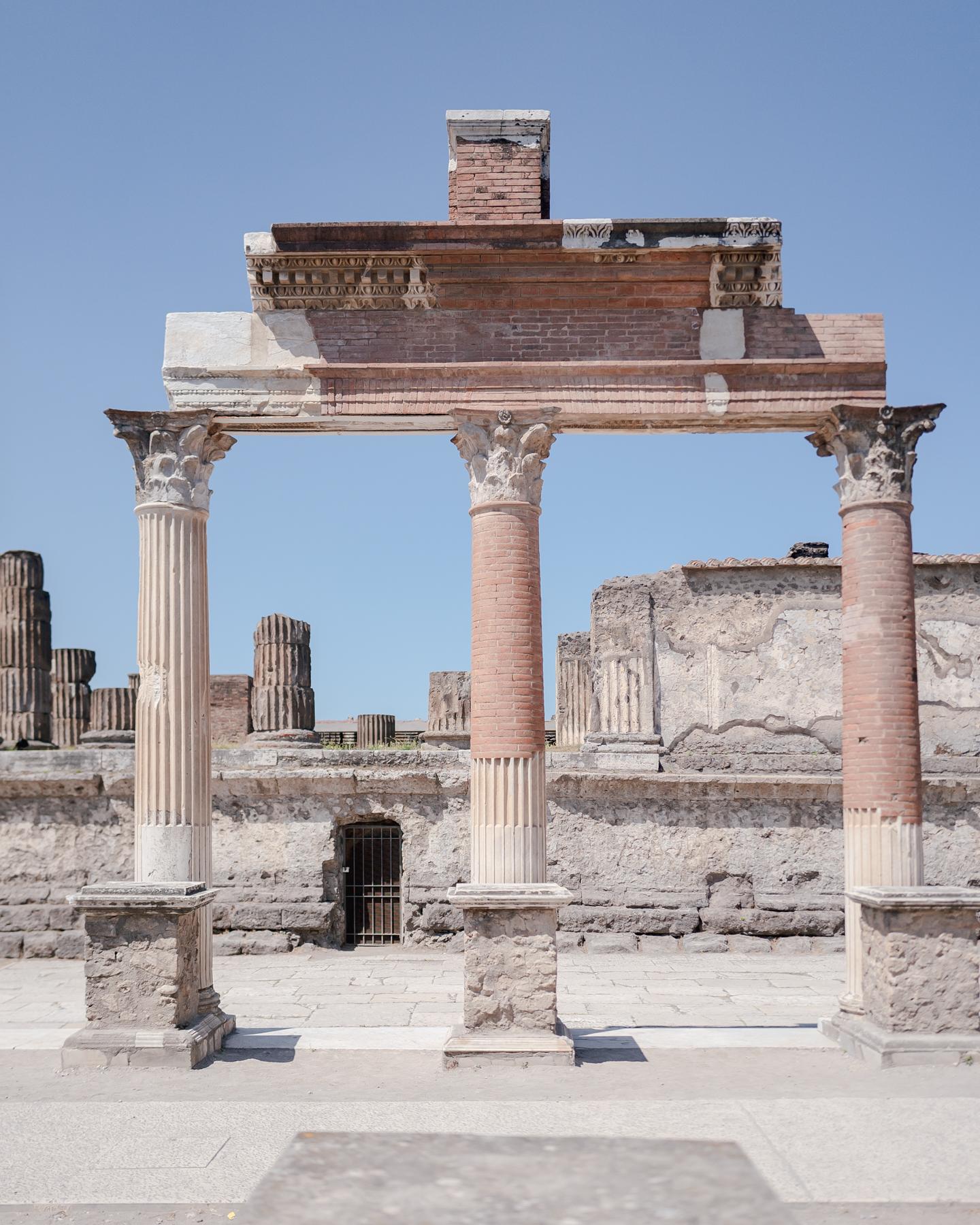 Pompeii · Leica Q ·f/1.8 · 1/16000 ·
ISO 100
Pompeii · Leica Q ·f/1.8 · 1/16000 ·
ISO 100
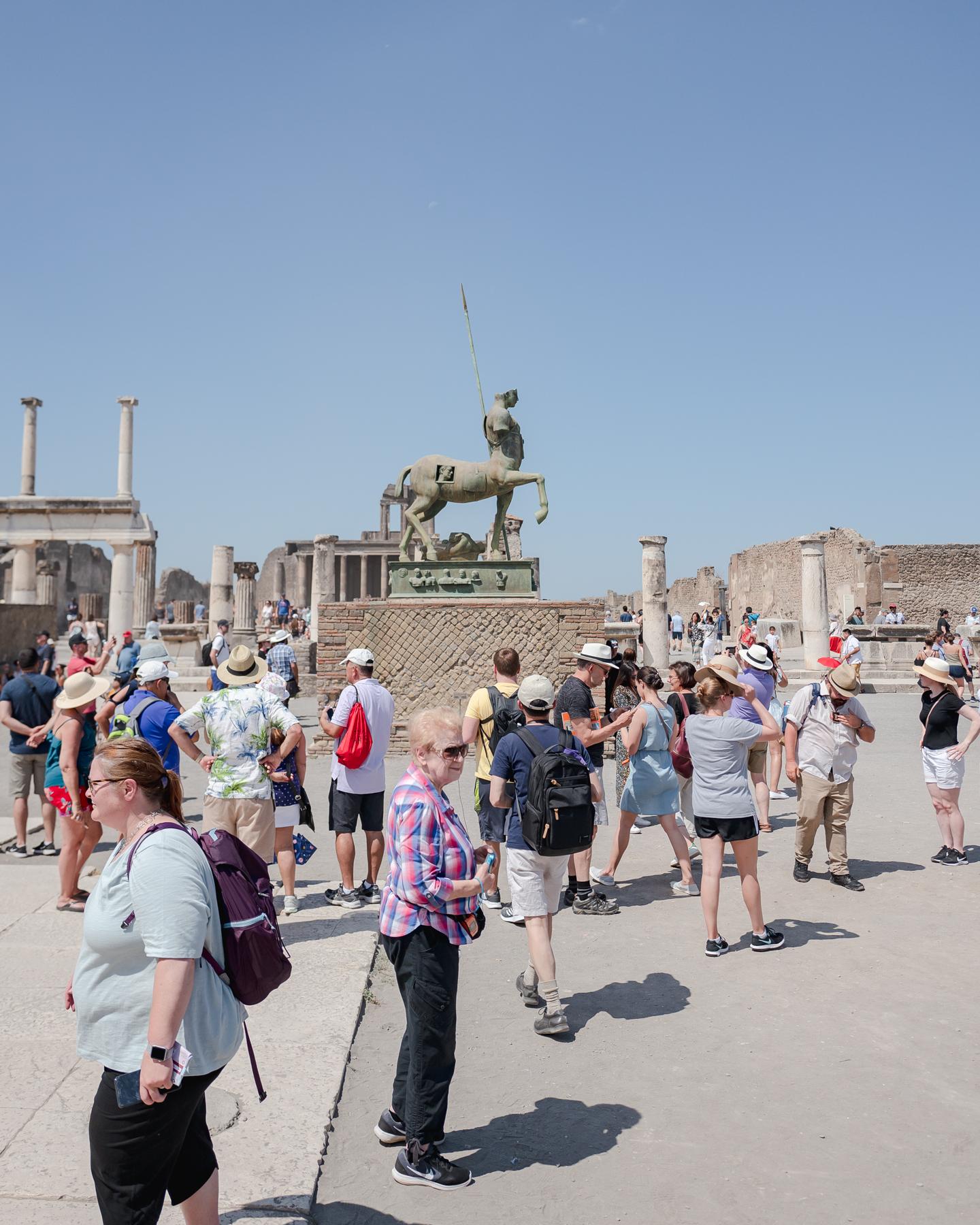 Pompeii · Leica Q ·f/2.8 · 1/6400 ·
ISO 100
Pompeii · Leica Q ·f/2.8 · 1/6400 ·
ISO 100
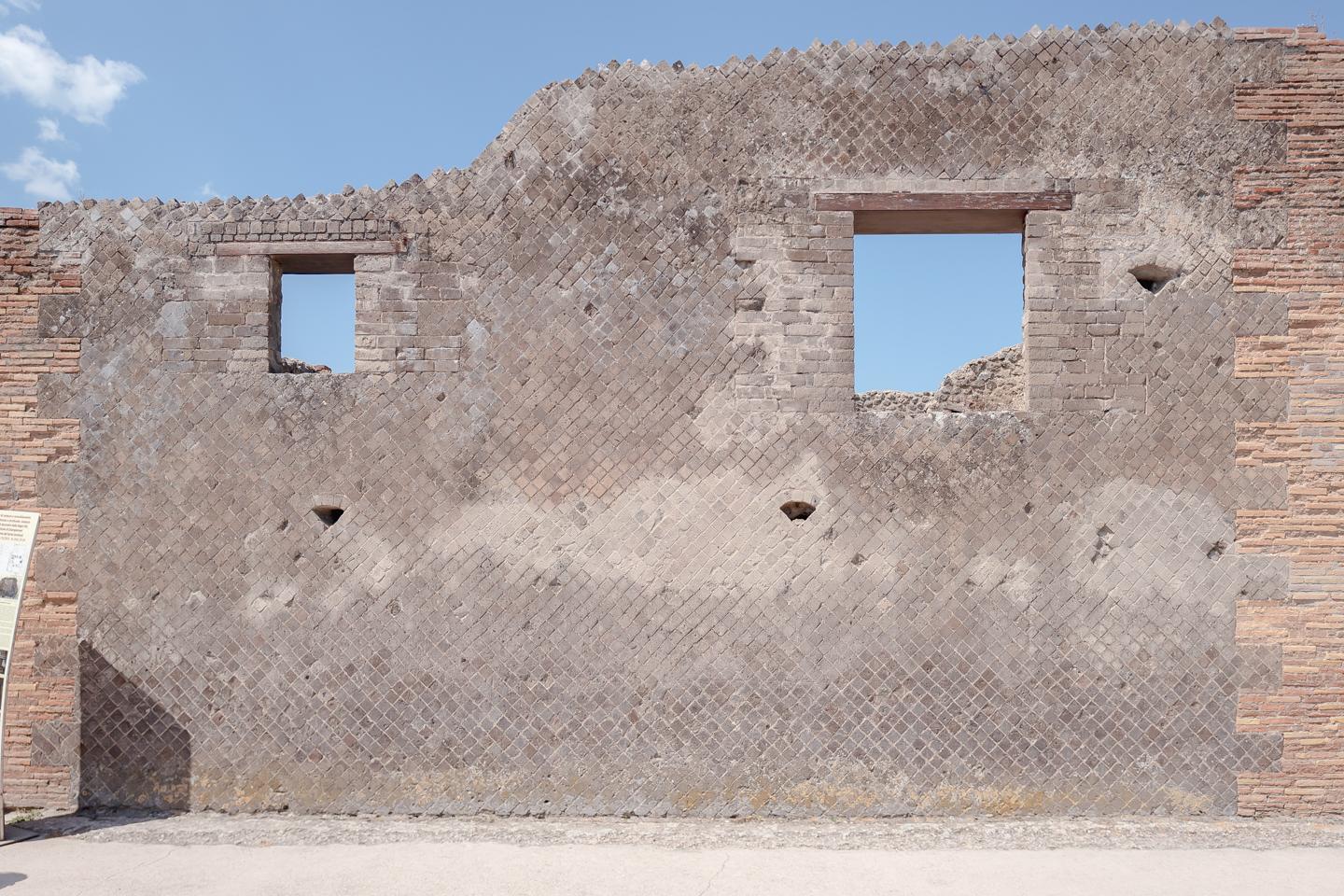 Pompeii · Leica Q ·f/2.8 · 1/5000 ·
ISO 100
Pompeii · Leica Q ·f/2.8 · 1/5000 ·
ISO 100
 Pompeii · Leica Q ·f/2.8 · 1/8000 ·
ISO 100
Pompeii · Leica Q ·f/2.8 · 1/8000 ·
ISO 100
 Pompeii · Leica Q ·f/2.8 · 1/125 ·
ISO 100
Pompeii · Leica Q ·f/2.8 · 1/125 ·
ISO 100
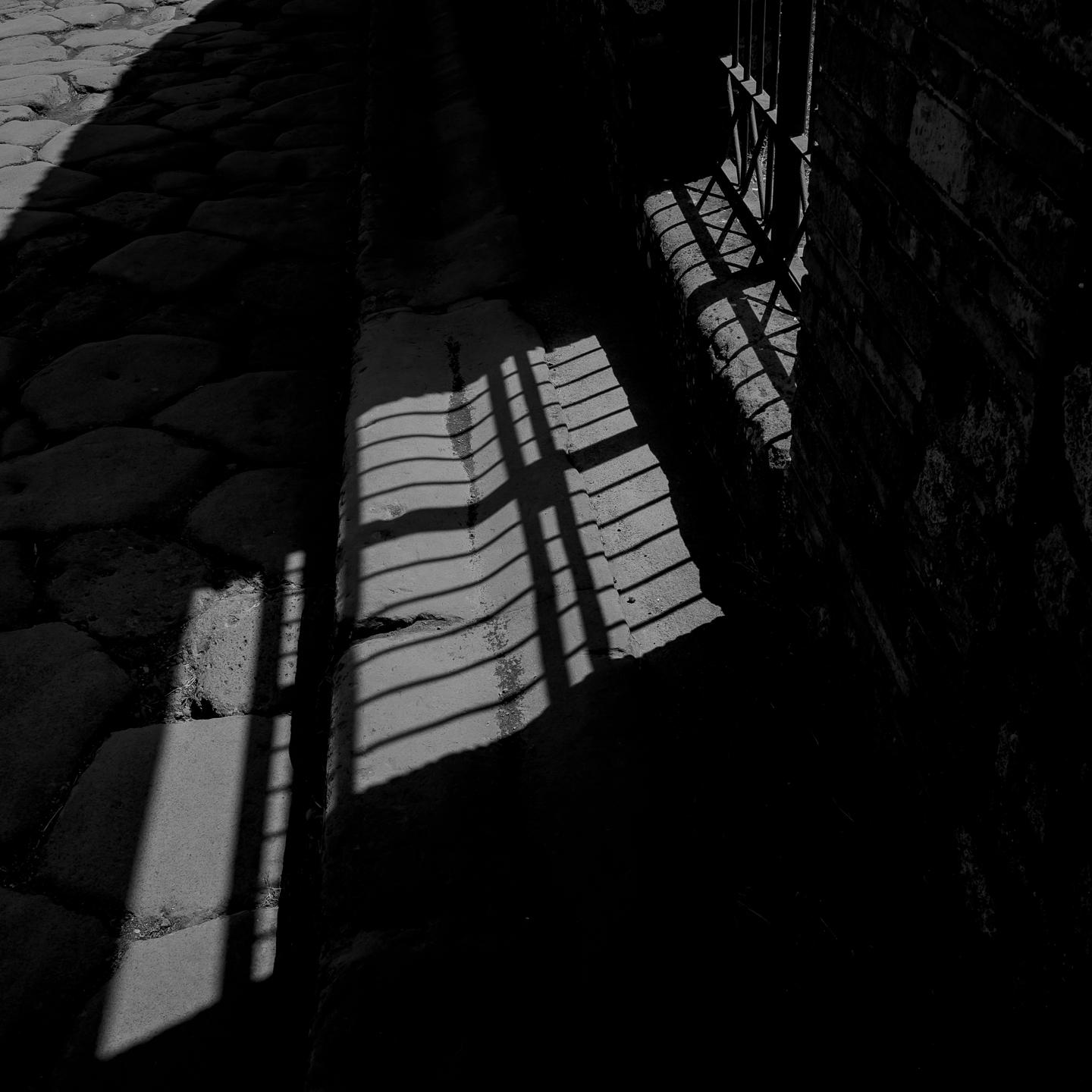 Pompeii · Leica Q ·f/10 · 1/250 · ISO
100
Pompeii · Leica Q ·f/10 · 1/250 · ISO
100
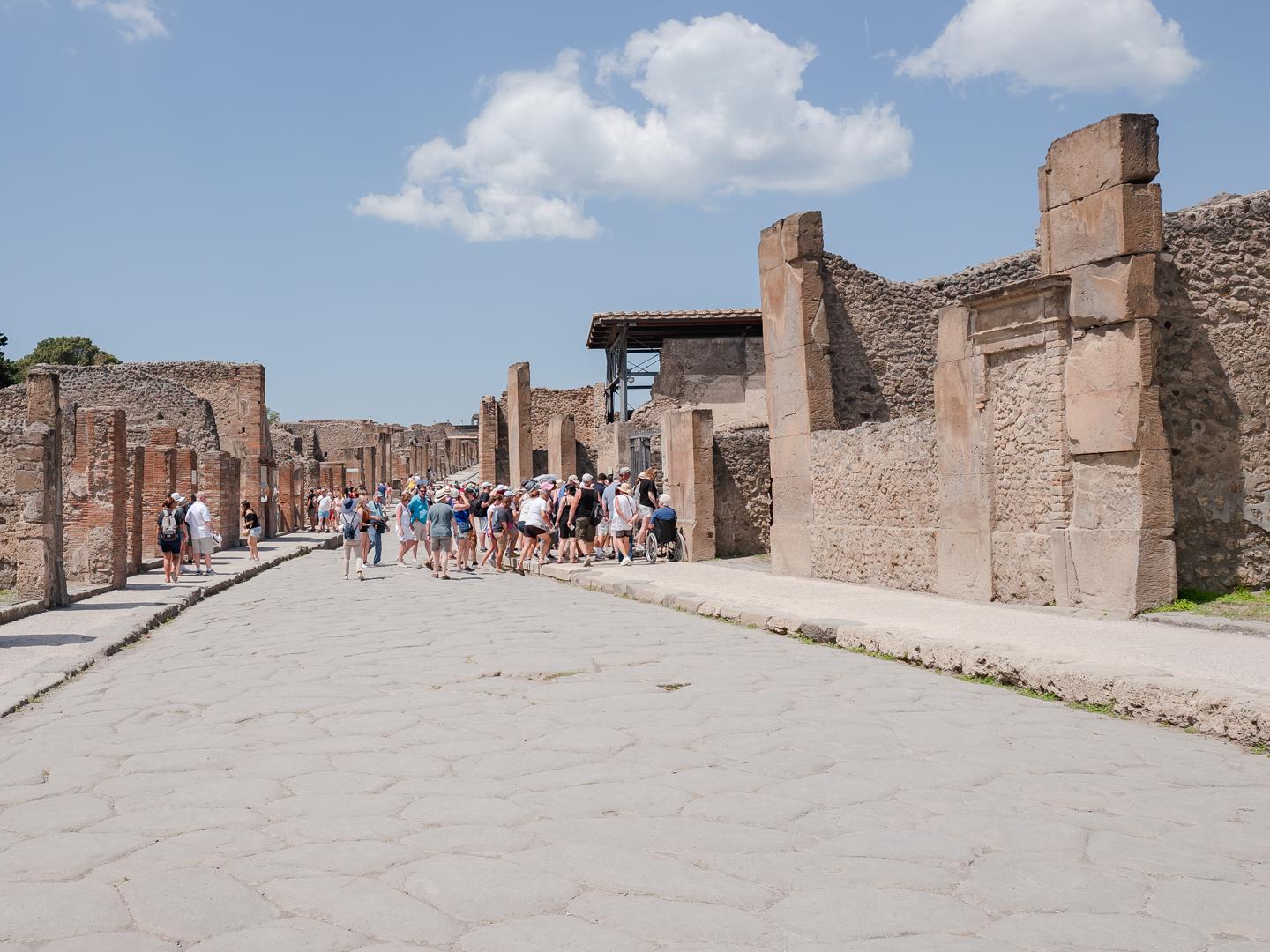 Pompeii · Leica Q ·f/5.6 · 1/2000 ·
ISO 100
Pompeii · Leica Q ·f/5.6 · 1/2000 ·
ISO 100
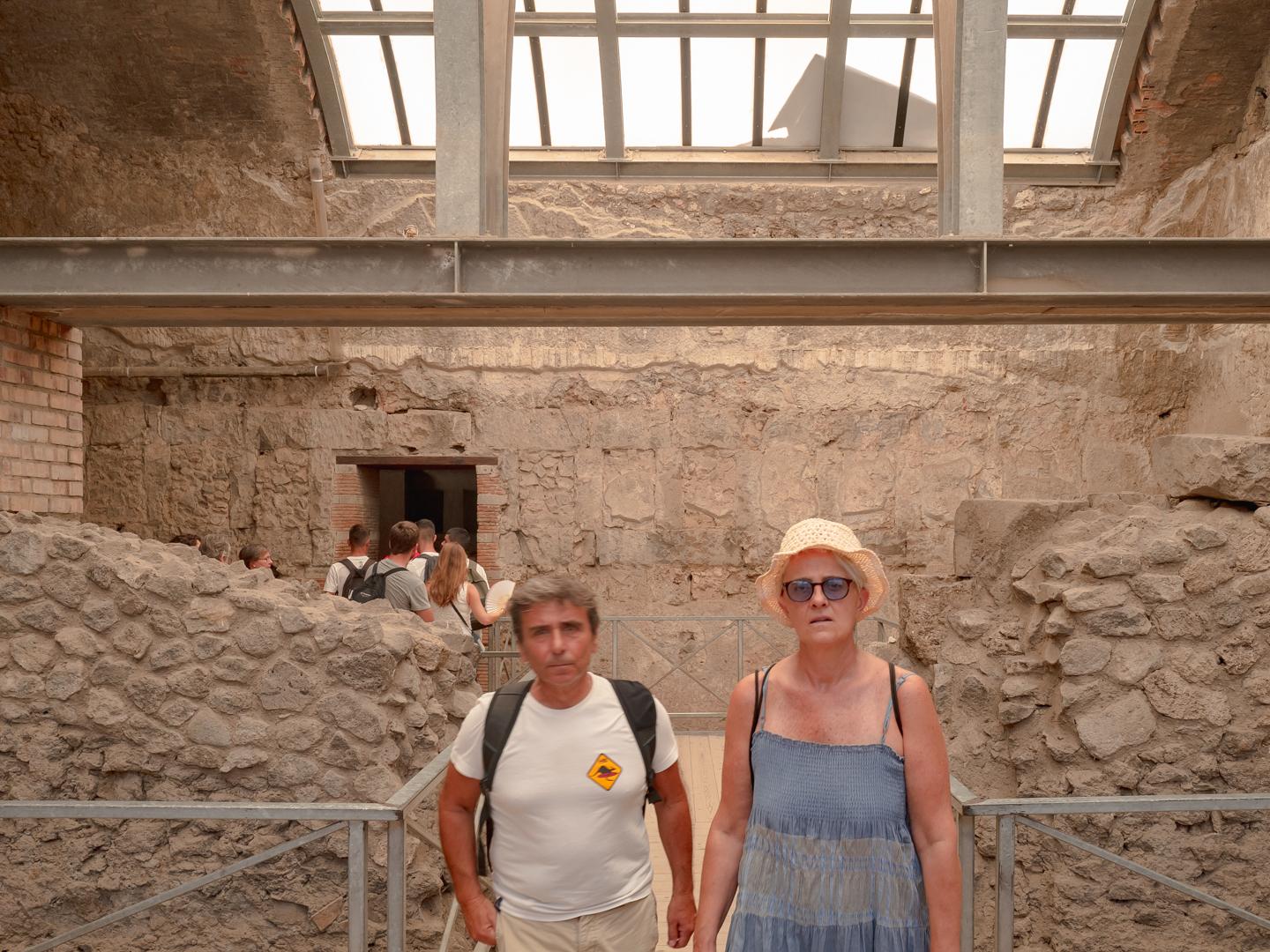 Pompeii · Leica Q ·f/11 · 1/60 · ISO
200
Pompeii · Leica Q ·f/11 · 1/60 · ISO
200
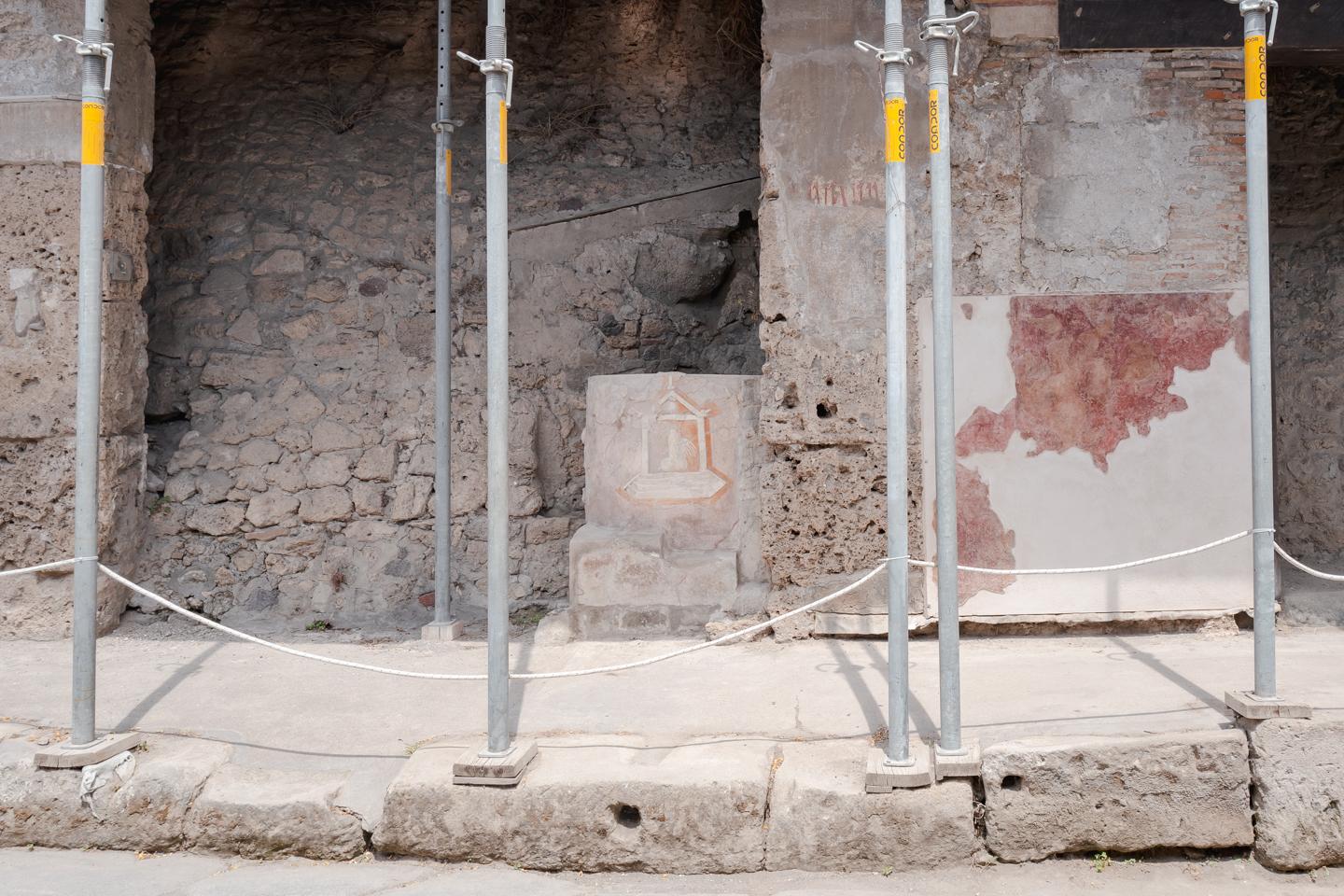 Pompeii · Leica Q ·f/11 · 1/125 · ISO
100
Pompeii · Leica Q ·f/11 · 1/125 · ISO
100
 Pompeii · Leica Q ·f/16 · 1/200 · ISO
100
Pompeii · Leica Q ·f/16 · 1/200 · ISO
100
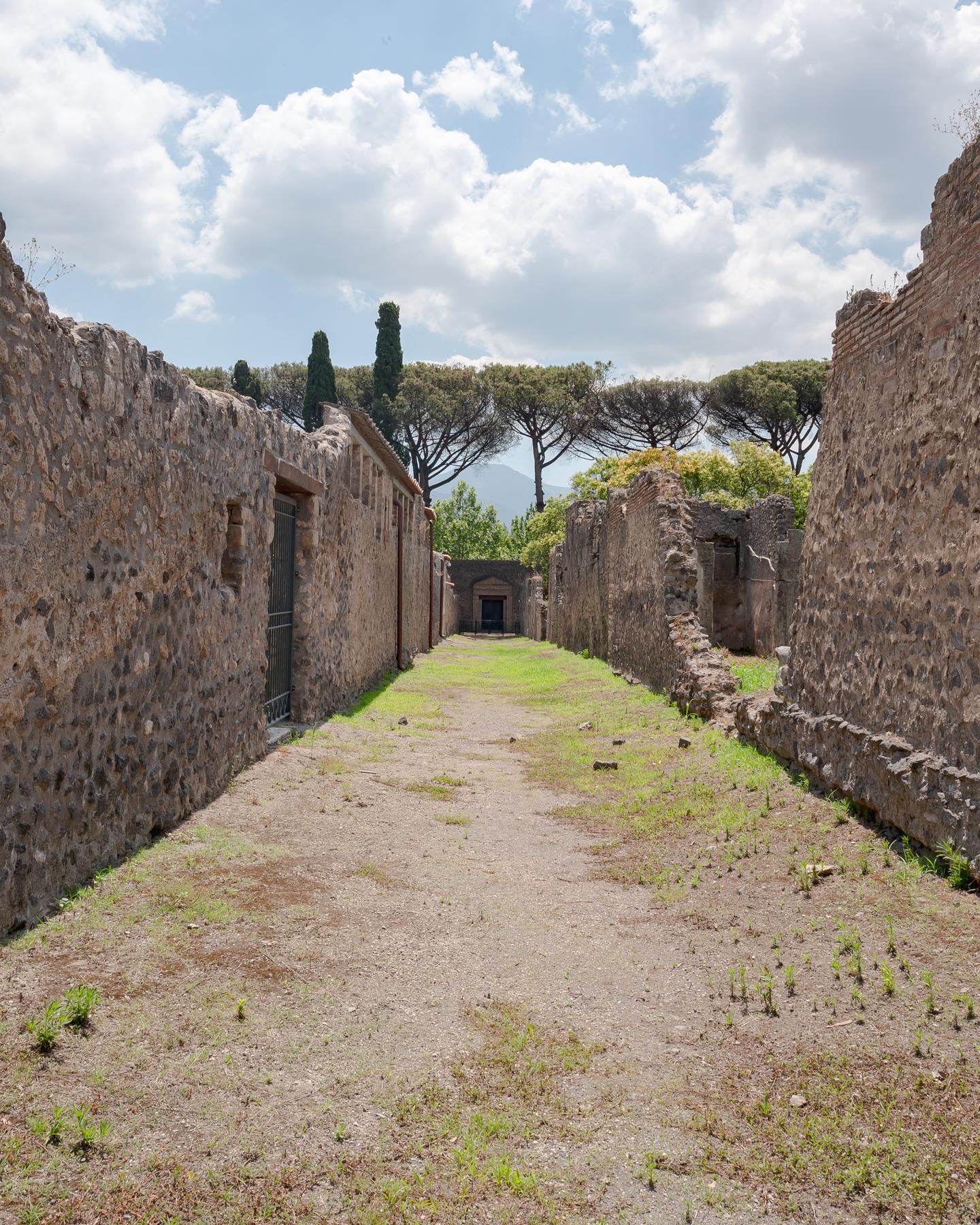 Pompeii · Leica Q ·f/14 · 1/250 · ISO
100
Pompeii · Leica Q ·f/14 · 1/250 · ISO
100
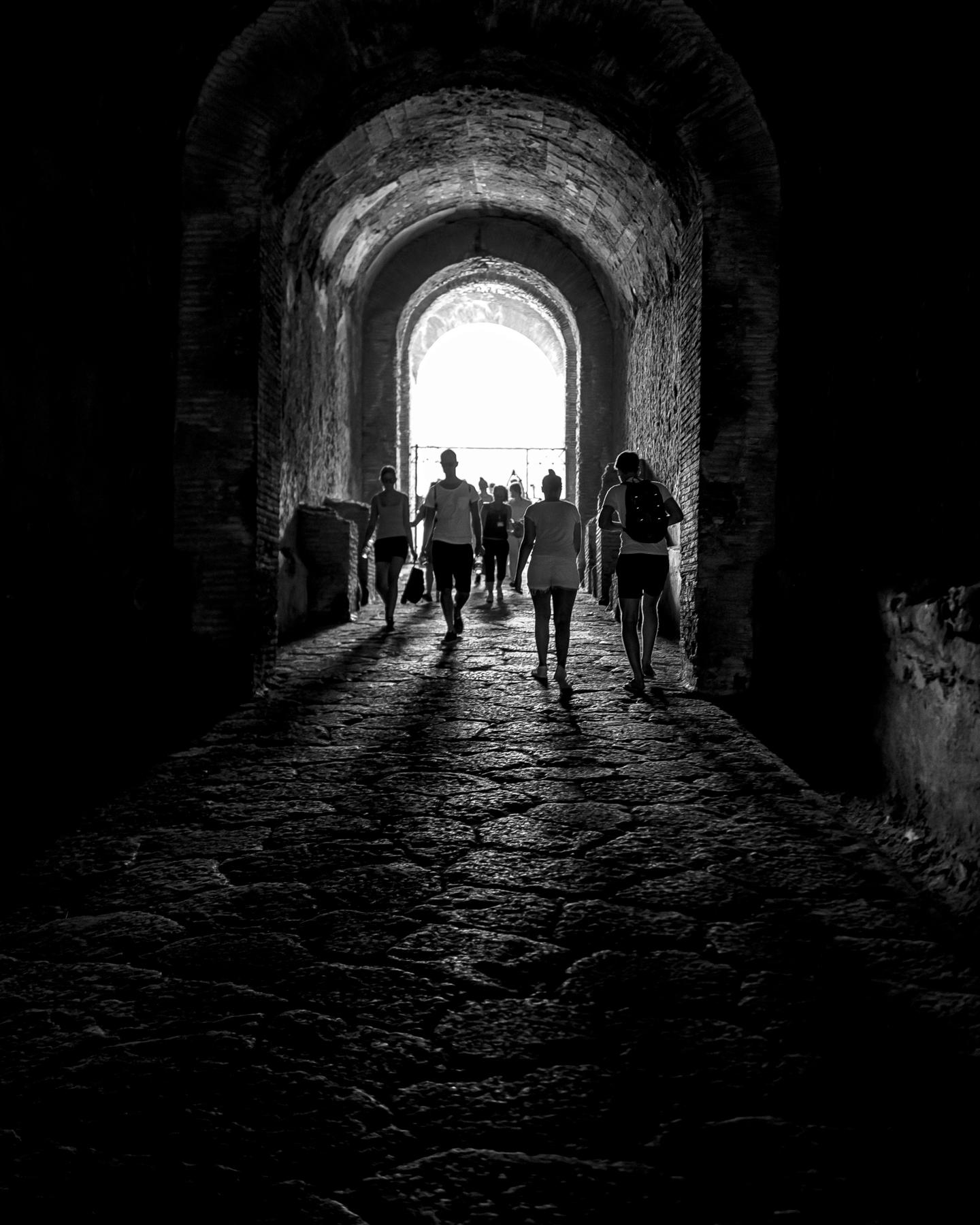 Pompeii · Leica Q ·f/1.7 · 1/60 · ISO
800
Pompeii · Leica Q ·f/1.7 · 1/60 · ISO
800
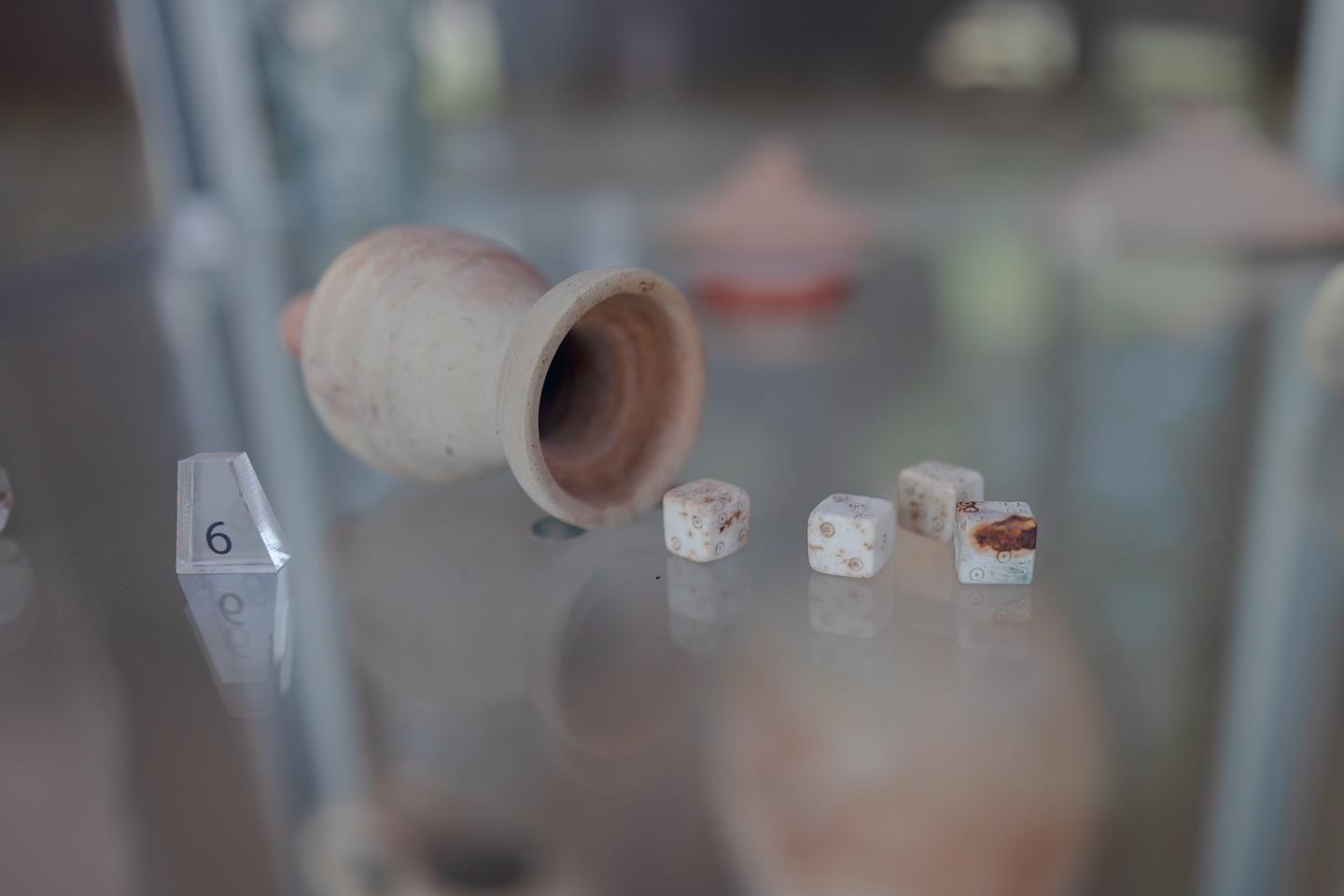 Pompeii · Leica Q ·f/1.7 · 1/200 ·
ISO 100
Pompeii · Leica Q ·f/1.7 · 1/200 ·
ISO 100
 Pompeii · Leica Q ·f/1.7 · 1/4000 ·
ISO 100
Pompeii · Leica Q ·f/1.7 · 1/4000 ·
ISO 100
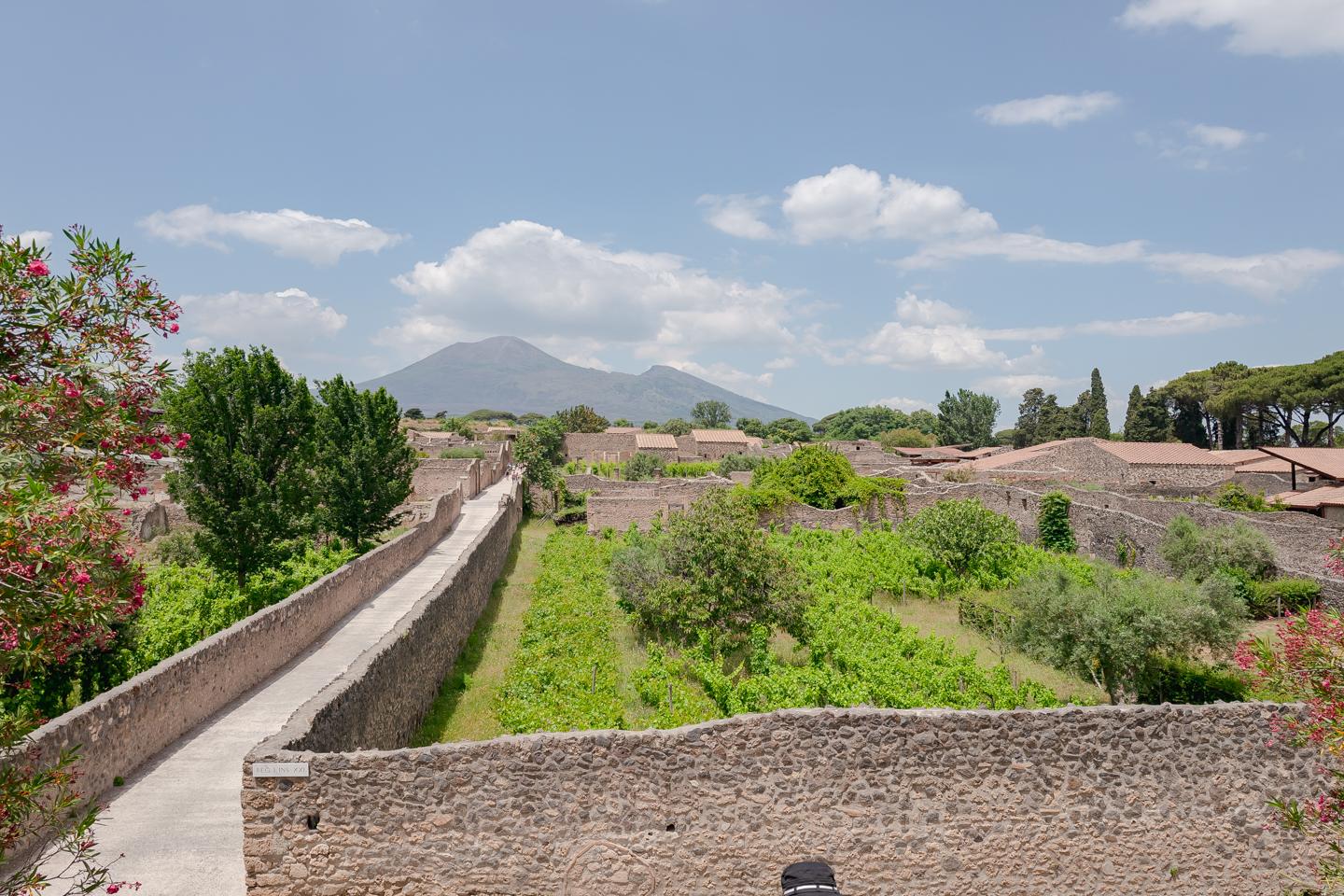 Pompeii · Leica Q ·f/4.5 · 1/3200 ·
ISO 100
Pompeii · Leica Q ·f/4.5 · 1/3200 ·
ISO 100
 Pompeii · Leica Q ·f/6.3 · 1/1250 ·
ISO 100
Pompeii · Leica Q ·f/6.3 · 1/1250 ·
ISO 100
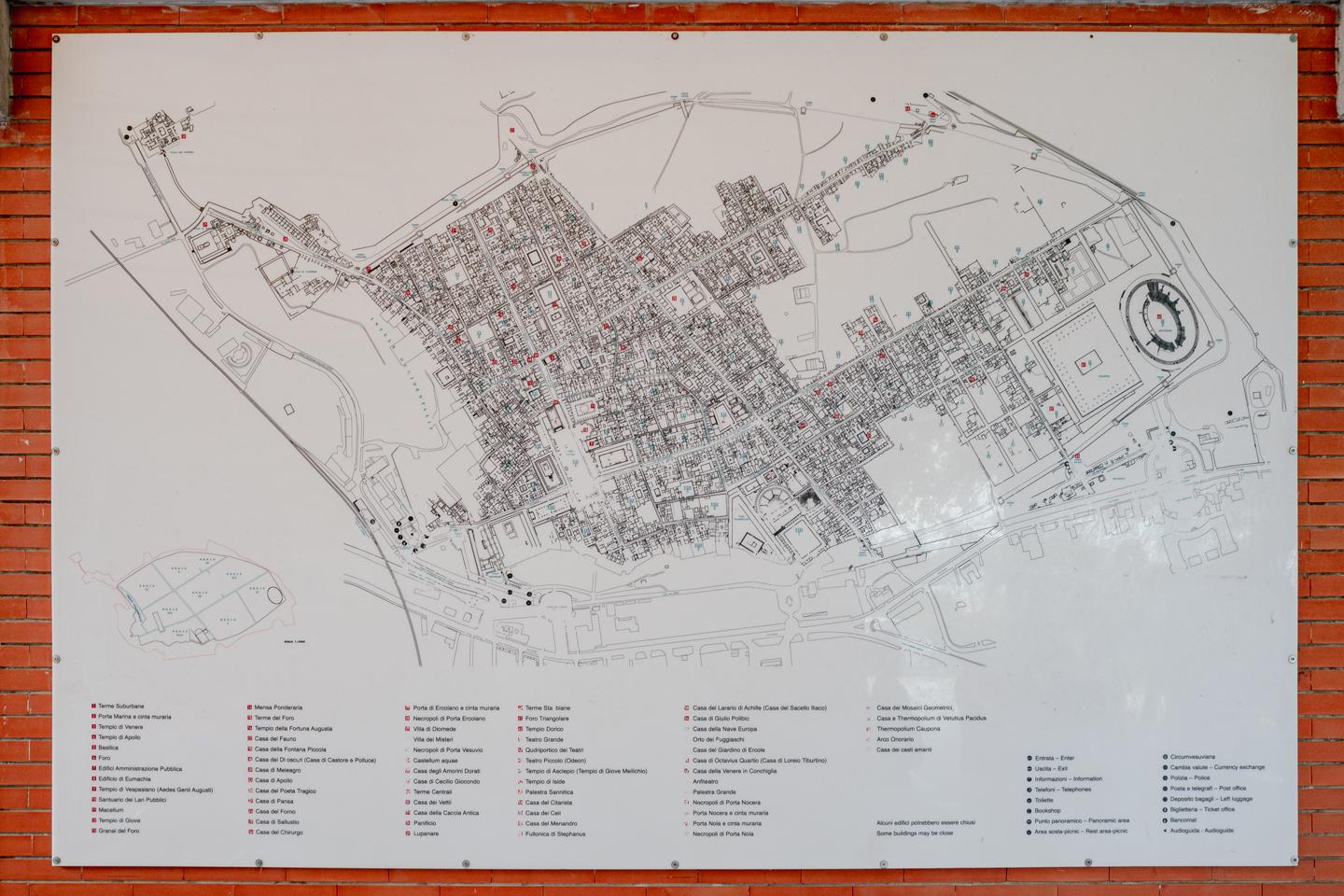 Pompeii · Leica Q ·f/6.3 · 1/60 · ISO
200
Pompeii · Leica Q ·f/6.3 · 1/60 · ISO
200
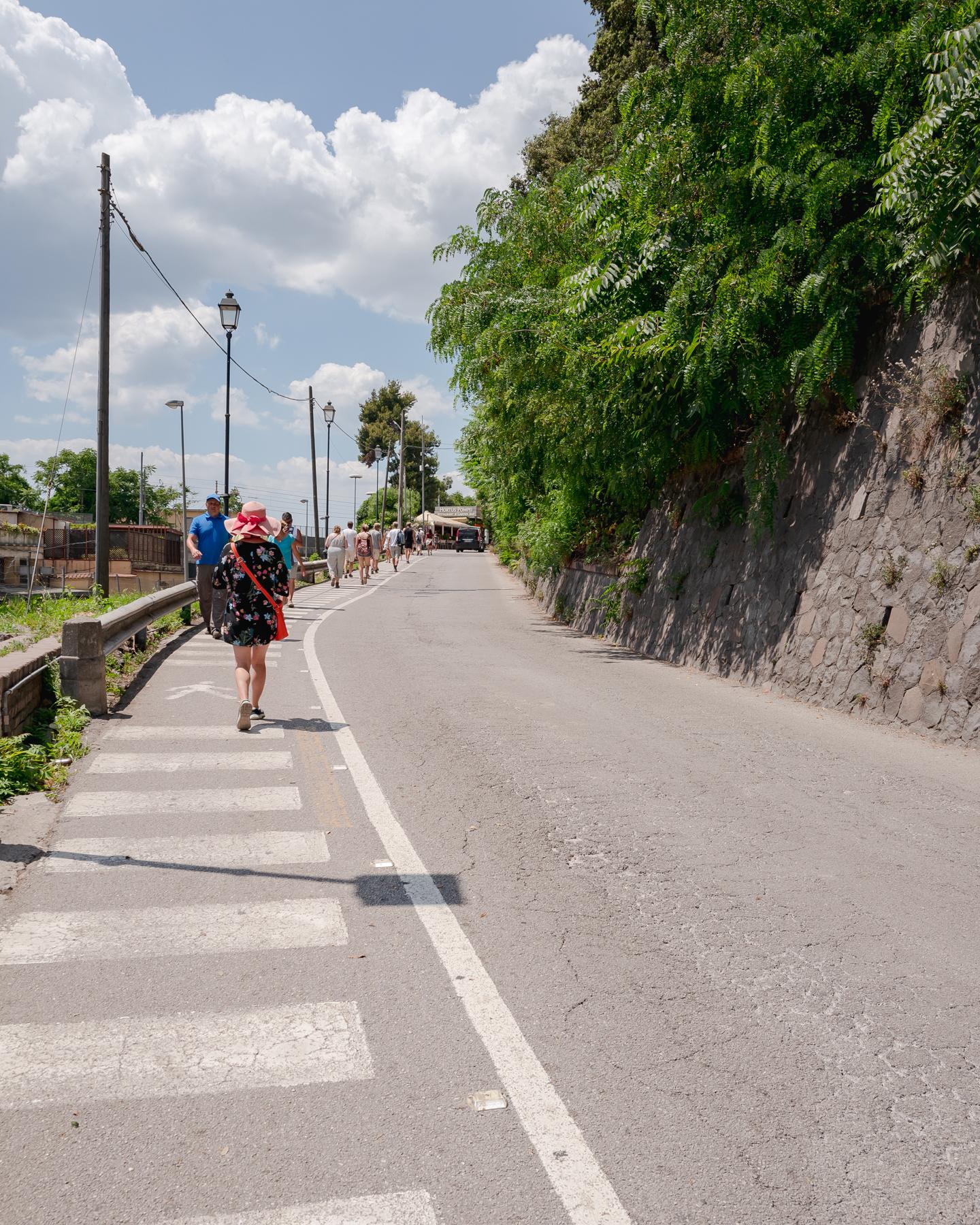 Pompeii · Leica Q ·f/9 · 1/800 · ISO
100
Pompeii · Leica Q ·f/9 · 1/800 · ISO
100
 Pompeii · Leica Q ·f/10 · 1/125 · ISO
100
Pompeii · Leica Q ·f/10 · 1/125 · ISO
100
Naples
After spending most of the day in Pompeii, we returned to Naples for a late lunch. While taking Naples’ public transit, we noticed that the architecture of the metro and train stations in Naples is quite unique.
 Naples · Leica Q ·f/4.5 · 1/500 · ISO
100
Naples · Leica Q ·f/4.5 · 1/500 · ISO
100
The wireframe-like pergola of Piazza Garibaldi station designed by Dominique Perrault immediately caught our eyes. The forms and colors made a strong visual statement while still functioning well as a public space.
 Naples · Leica Q ·f/4 · 1/320 · ISO
100
Naples · Leica Q ·f/4 · 1/320 · ISO
100
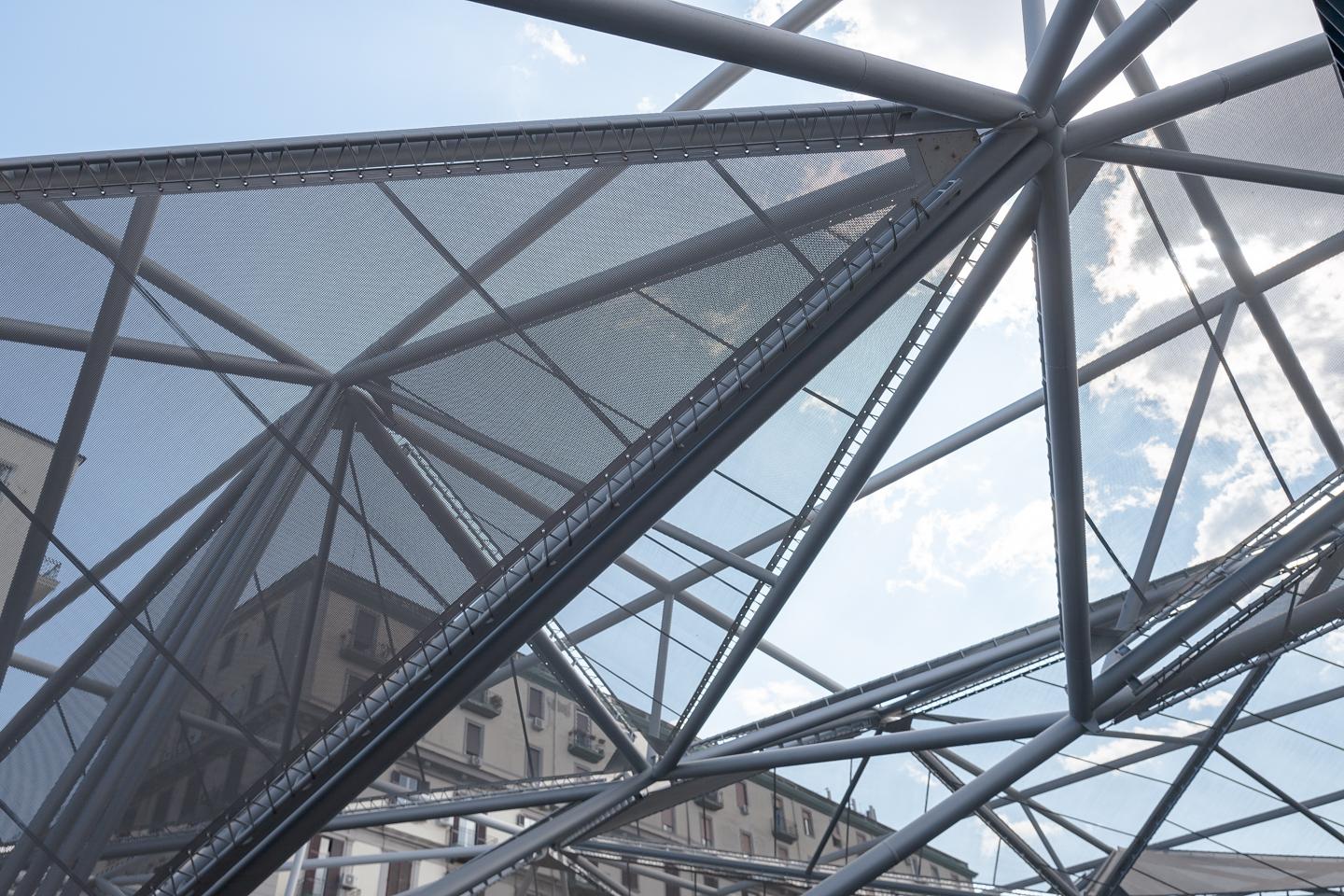 Naples · Leica Q ·f/4 · 1/1600 · ISO
100
Naples · Leica Q ·f/4 · 1/1600 · ISO
100
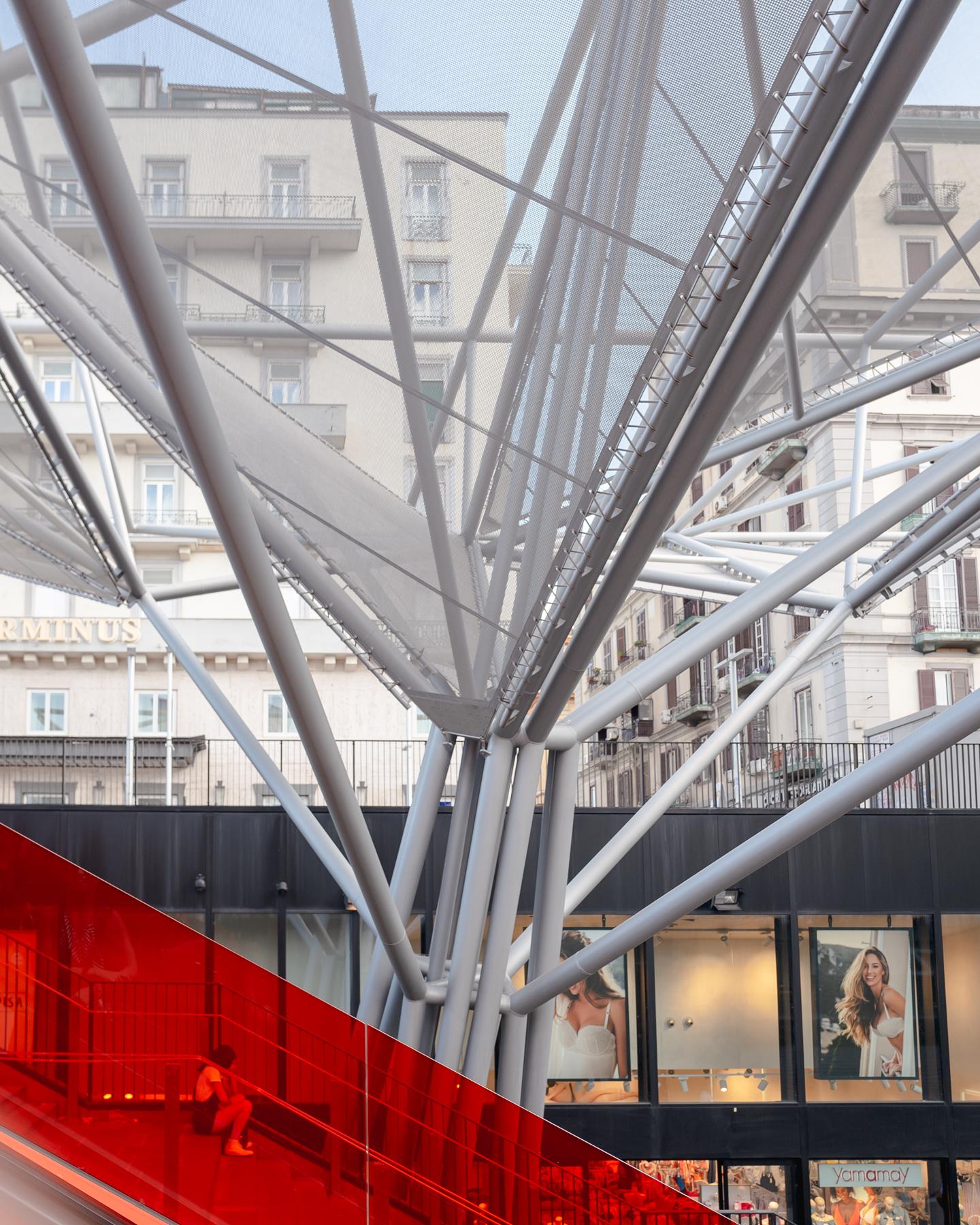 Naples · Leica Q ·f/5 · 1/125 · ISO
100
Naples · Leica Q ·f/5 · 1/125 · ISO
100
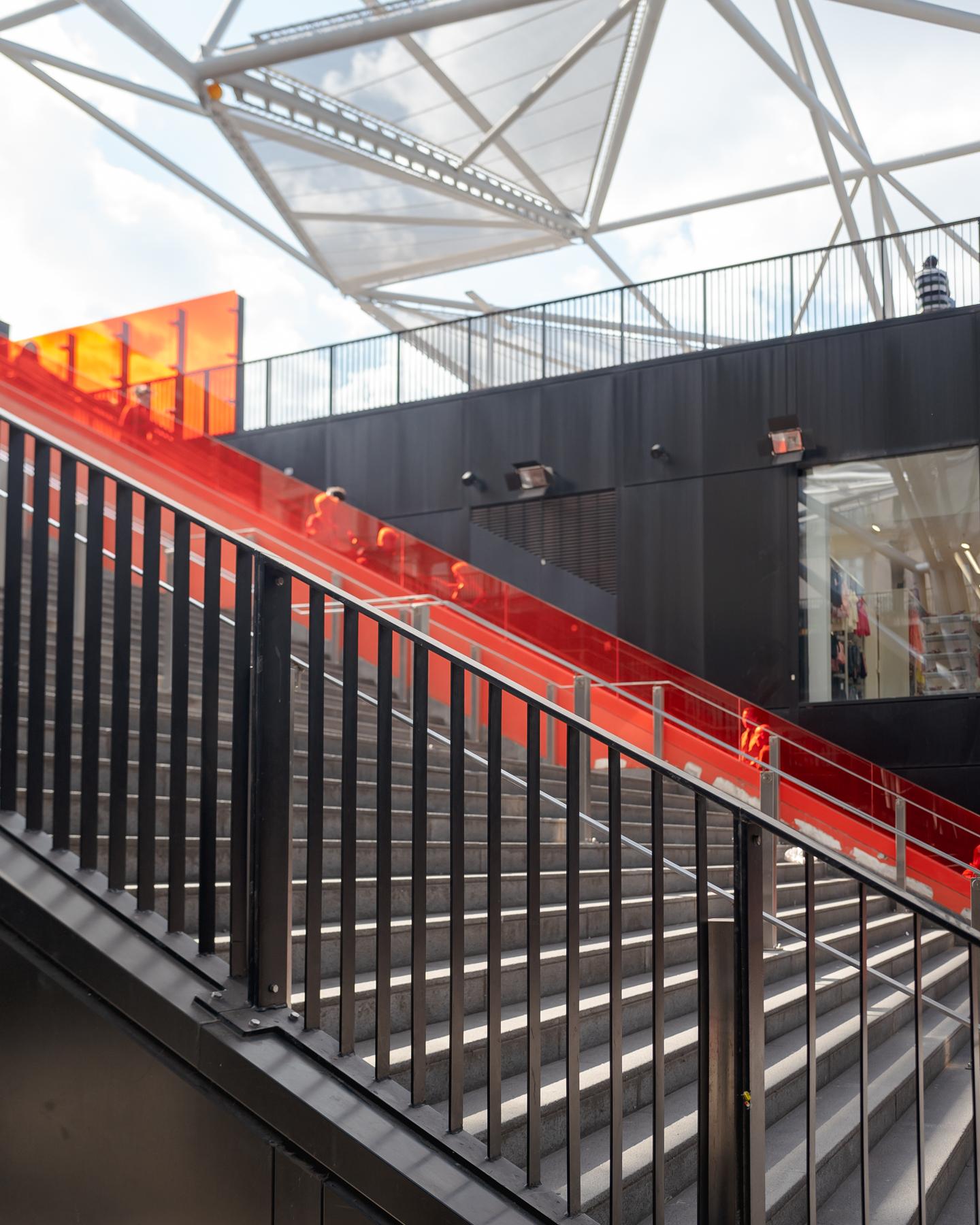 Naples · Leica Q ·f/2.8 · 1/800 · ISO
100
Naples · Leica Q ·f/2.8 · 1/800 · ISO
100
 Naples · Leica Q ·f/4 · 1/800 · ISO
100
Naples · Leica Q ·f/4 · 1/800 · ISO
100
 Naples · Leica Q ·f/1.7 · 1/60 · ISO
400
Naples · Leica Q ·f/1.7 · 1/60 · ISO
400
Municipio station, designed by Pritzker Prize-winning architects Álvaro Siza and Eduardo Souto de Moura, is my favorite station. Its walls are cut away in areas to expose archeological finds in situ.
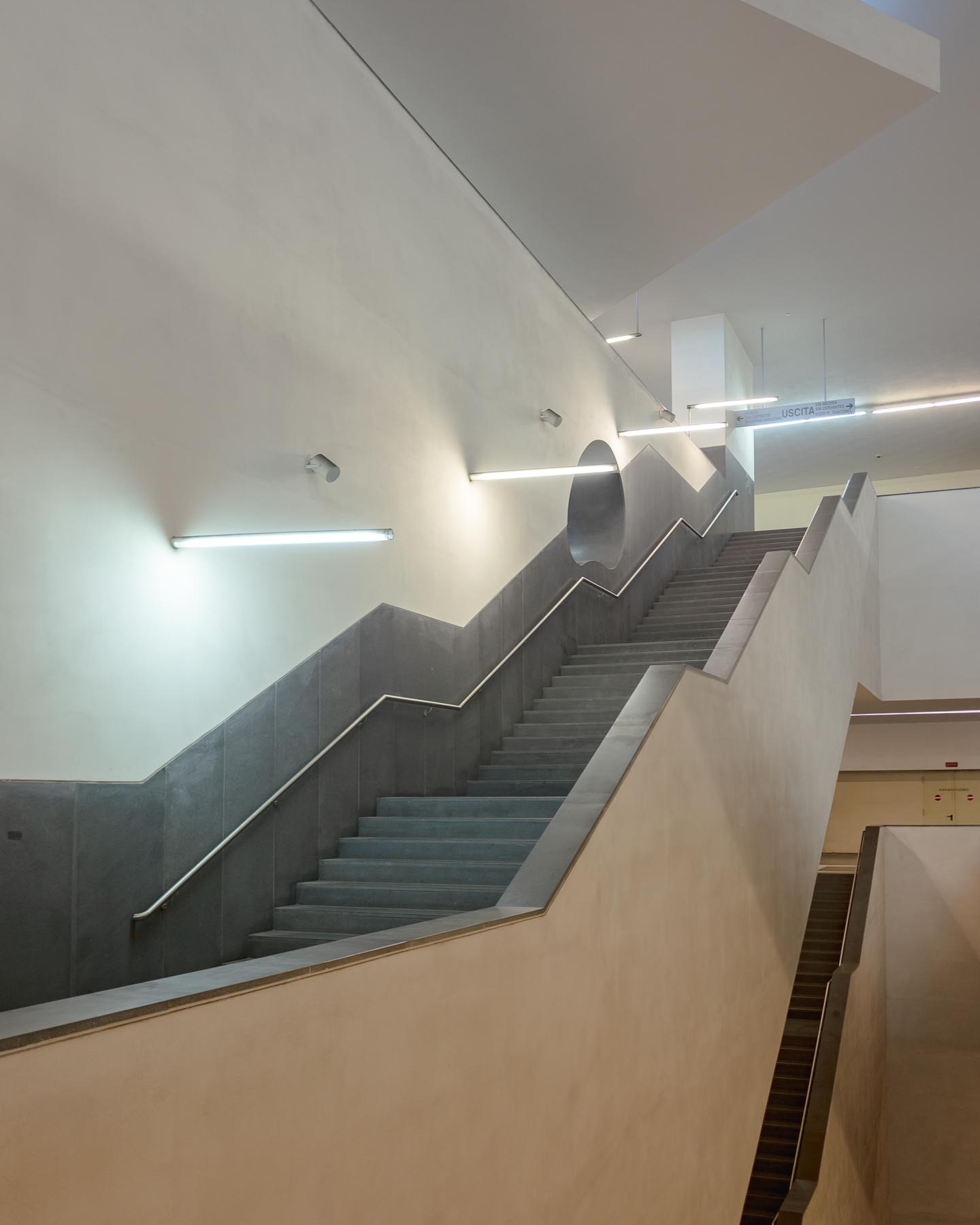 Naples · Leica Q ·f/1.7 · 1/100 · ISO
100
Naples · Leica Q ·f/1.7 · 1/100 · ISO
100
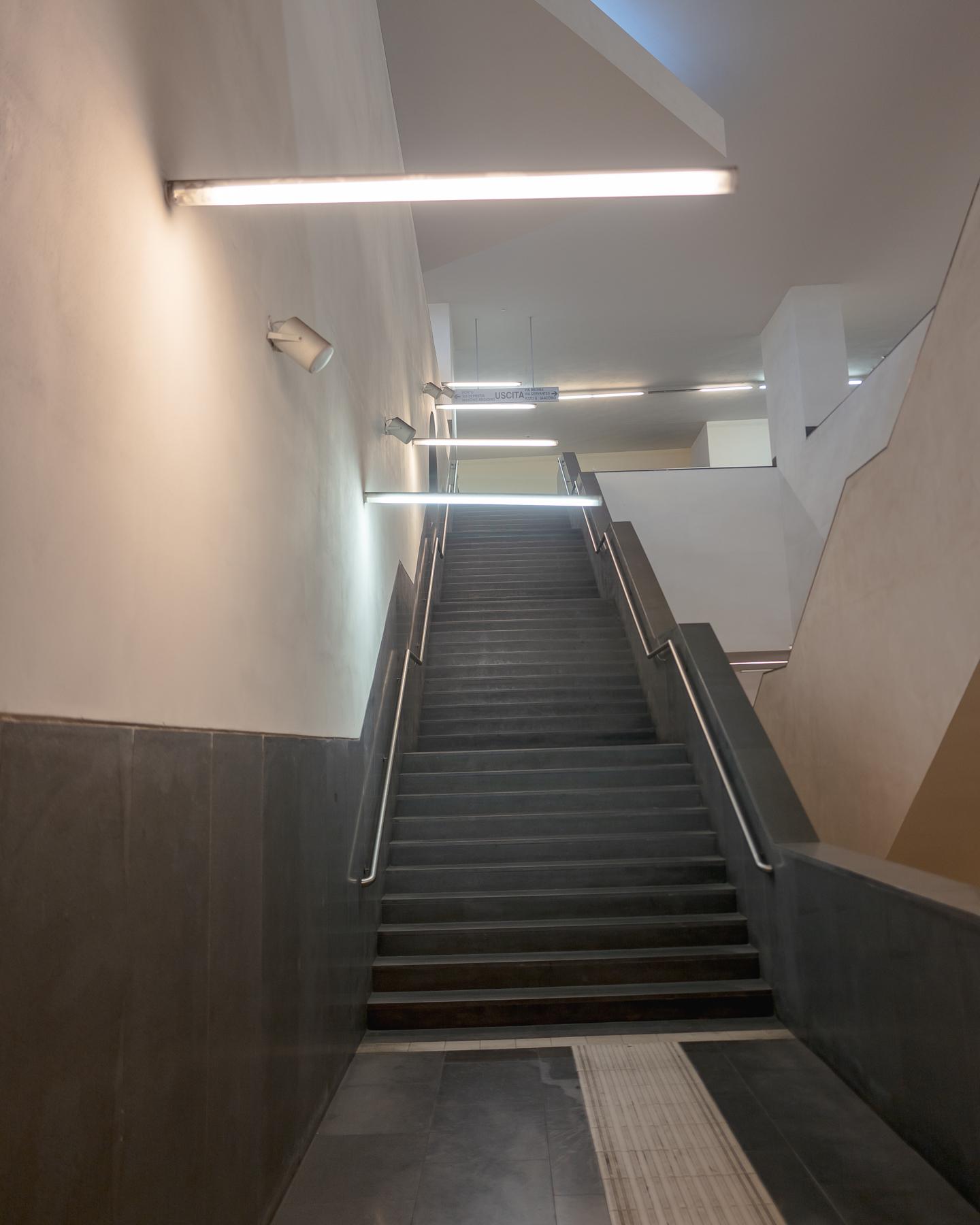 Naples · Leica Q ·f/1.7 · 1/160 · ISO
100
Naples · Leica Q ·f/1.7 · 1/160 · ISO
100
 Naples · Leica Q ·f/1.7 · 1/125 · ISO
100
Naples · Leica Q ·f/1.7 · 1/125 · ISO
100
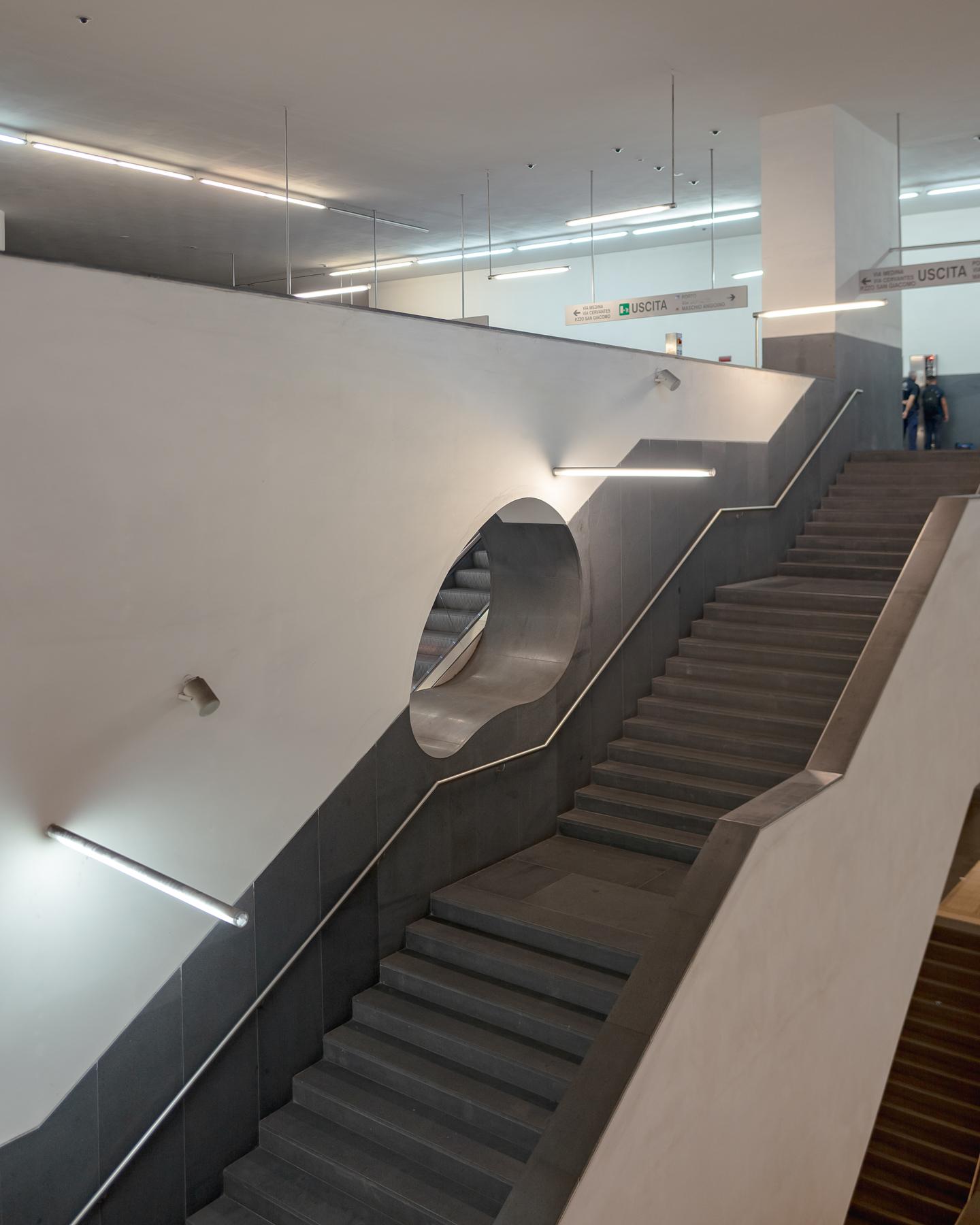 Naples · Leica Q ·f/1.7 · 1/100 · ISO
100
Naples · Leica Q ·f/1.7 · 1/100 · ISO
100
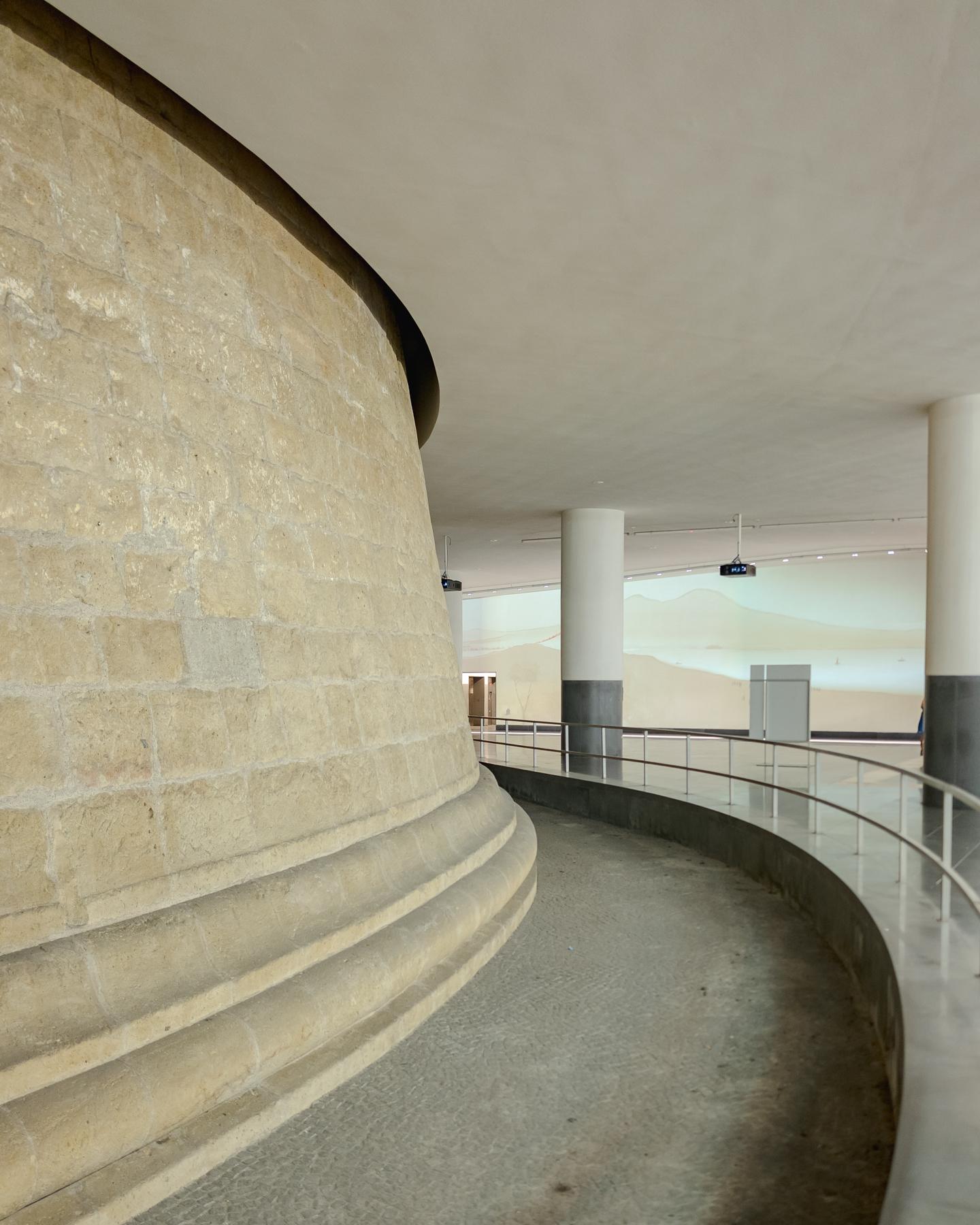 Naples · Leica Q ·f/1.7 · 1/60 · ISO
320
Naples · Leica Q ·f/1.7 · 1/60 · ISO
320
 Naples · Leica Q ·f/8 · 1/200 · ISO
100
Naples · Leica Q ·f/8 · 1/200 · ISO
100
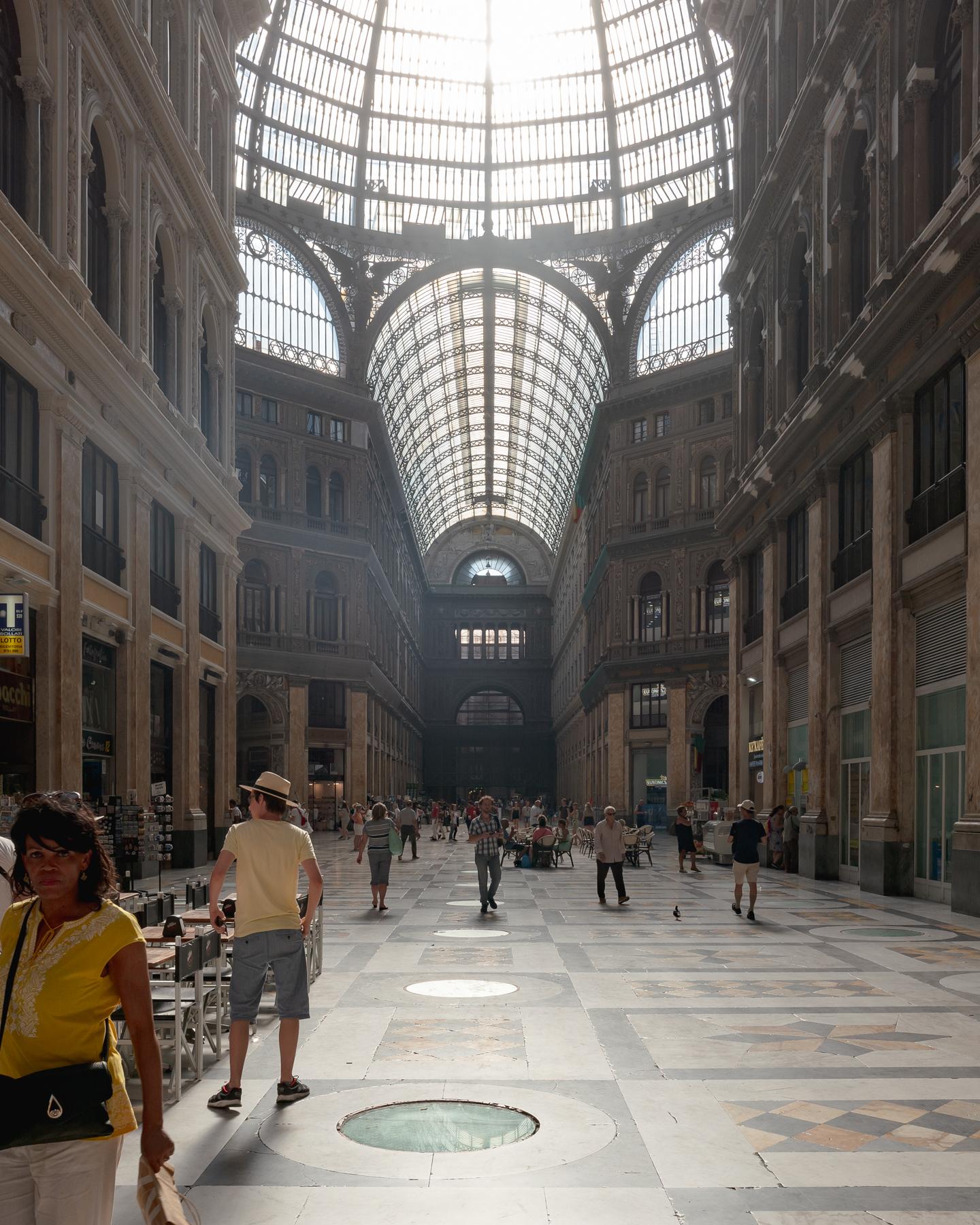 Naples · Leica Q ·f/11 · 1/250 · ISO
100
Naples · Leica Q ·f/11 · 1/250 · ISO
100
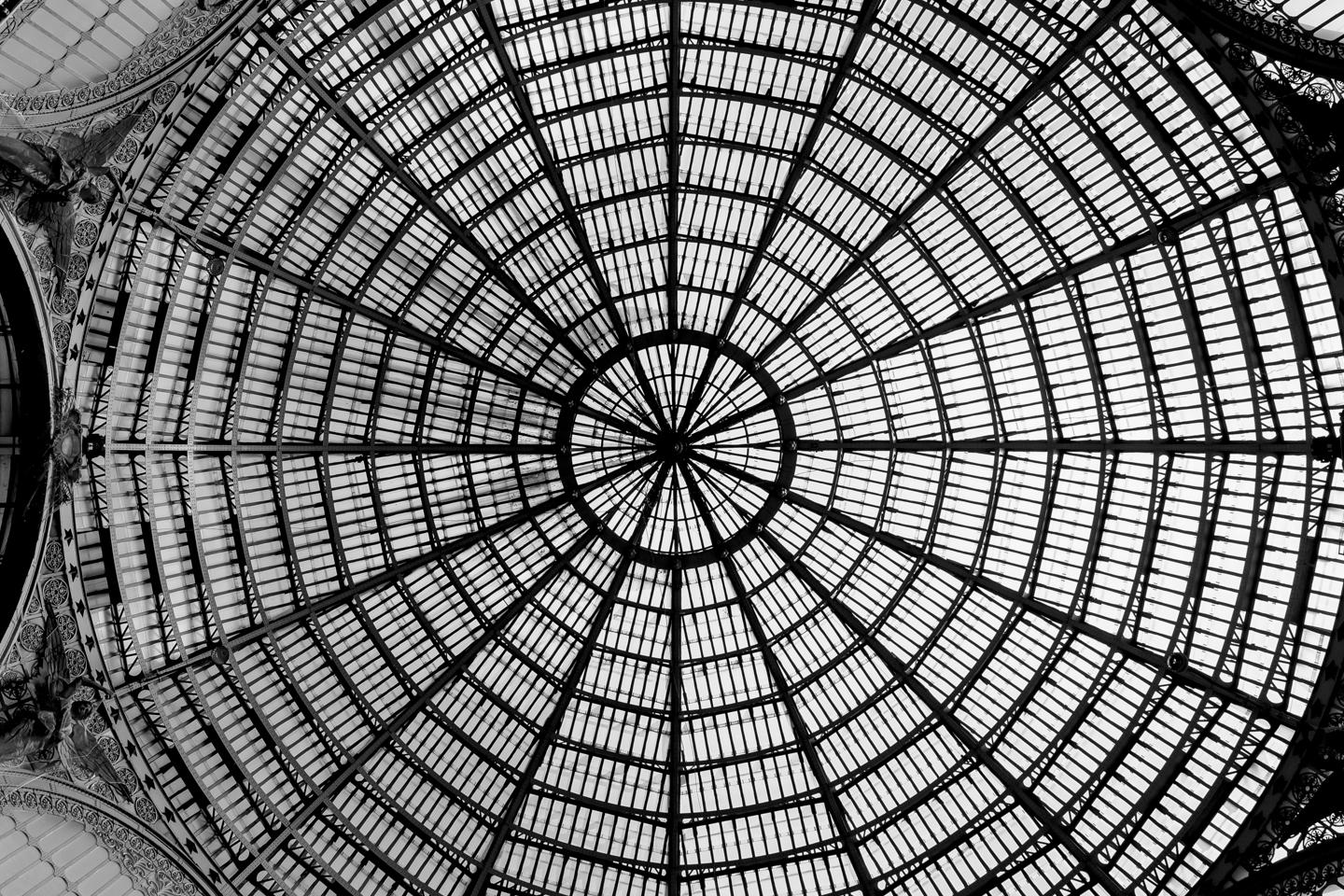 Naples · Leica Q ·f/11 · 1/200 · ISO
100
Naples · Leica Q ·f/11 · 1/200 · ISO
100
 Naples · Leica Q ·f/11 · 1/100 · ISO
100
Naples · Leica Q ·f/11 · 1/100 · ISO
100
 Naples · Leica Q ·f/14 · 1/250 · ISO
100
Naples · Leica Q ·f/14 · 1/250 · ISO
100
